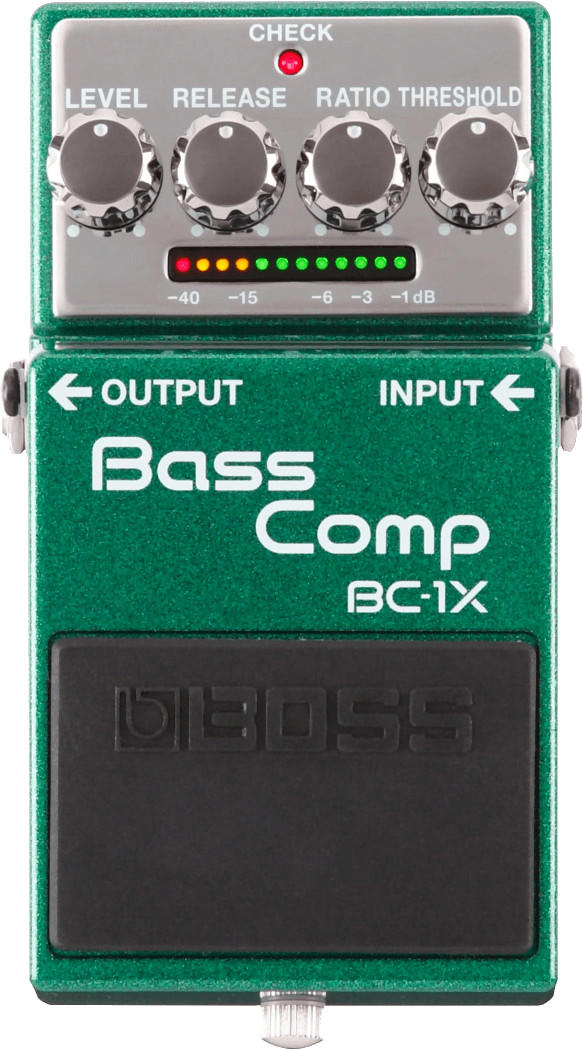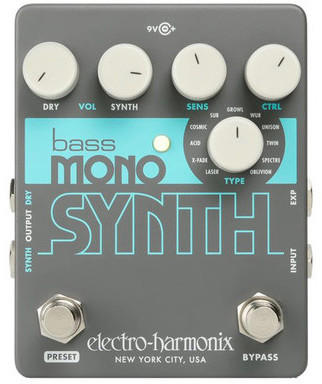Bass Pedals Guide
Type of bass pedal (e.g., overdrive, distortion, octave, compressor)
There are several types of bass pedals available on the market, each serving a different purpose.
For those looking to add some grit and bite to their bass tone, overdrive and distortion pedals are popular options. The Darkglass Electronics Vintage Microtubes Bass Overdrive is a great choice for a warm and gritty overdrive sound, while the Electro-Harmonix Bass Big Muff Pi Distortion/Sustainer can deliver powerful and aggressive distortion tones for heavy genres.
If you're seeking to enhance your bass' sound by adding additional octaves, an octave pedal can be a great addition. The BOSS OC-3 Super Octave offers a wide range of octave options and even has a polyphonic mode, allowing you to play chords with tracking accuracy.
For bassists who want to level out the dynamics of their playing and create a more even sound, a compressor pedal is essential. The MXR M87 Bass Compressor provides transparent and smooth compression, emphasizing the sustain and punch of your bass.
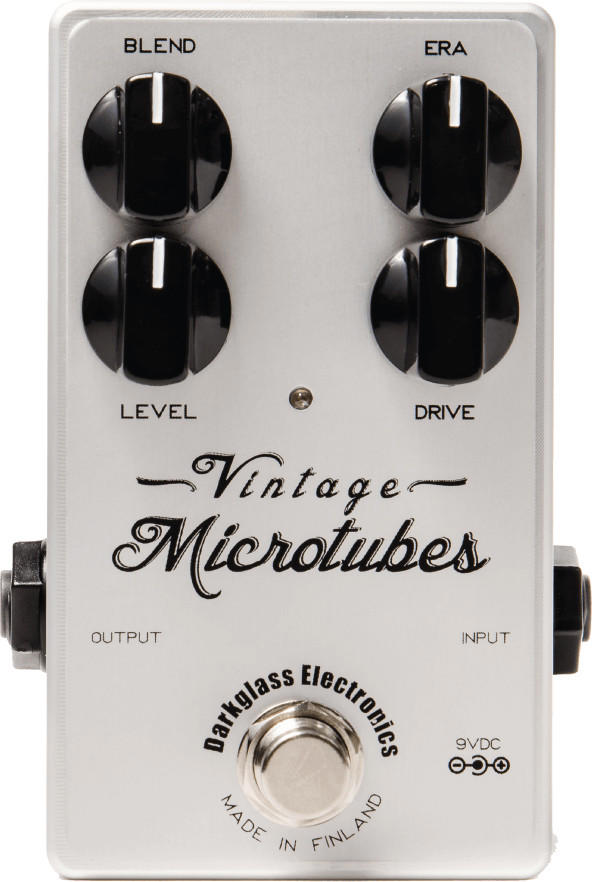

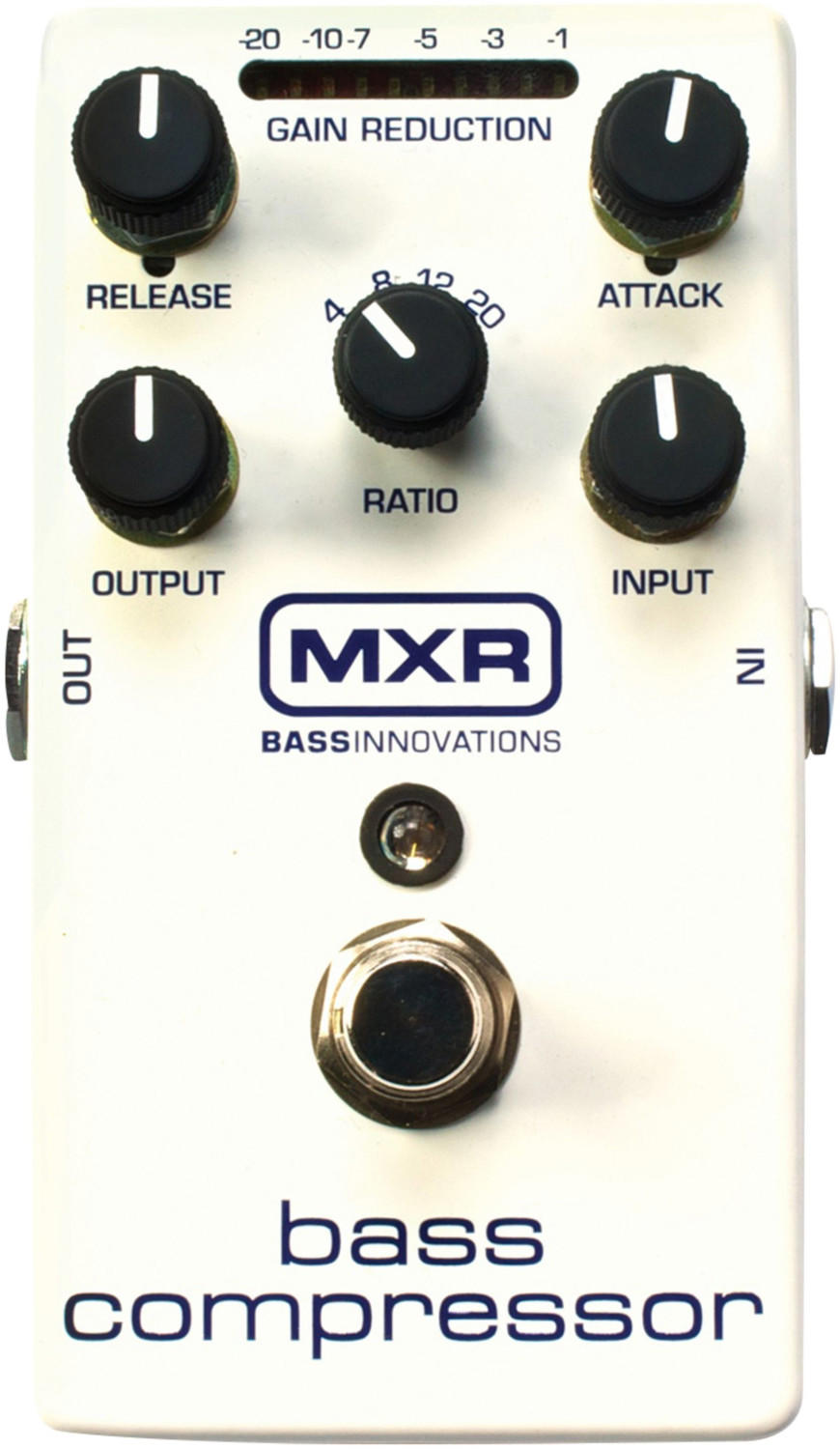
These are just a few examples of the different types of bass pedals available on the market. It's crucial to consider your musical preferences and individual style when choosing the right type of pedal for your needs.
Input/output jacks
The type and number of jacks can greatly impact the connectivity and versatility of your setup. Most pedals feature a standard 1/4-inch input jack, ensuring compatibility with most bass guitars. However, some pedals, like the Source Audio EQ or the Boss SY-1 Synthesizer pedal, offer additional functionality with stereo input/output jacks. These jacks allow you to connect multiple instruments or stereo effect chains, expanding your sonic possibilities. On the other hand, if you use multiple pedals, consider investing in a pedalboard like the Gator G-PG BASS2X to streamline your connections and keep your setup organized. This pedalboard features multiple input/output jacks and even has a built-in power supply, reducing cable clutter onstage or in the studio.
Switches/buttons (e.g., on/off switch, mode selector)
These switches determine the functionality and how you interact with the pedal during performances. One popular option is the Boss DS-1 Distortion Pedal, which features a straightforward on/off switch for easy operation. It also features a mode selector that allows you to choose between classic and turbo modes, giving you versatility in achieving your desired bass tone.
Another option to consider is the Electro-Harmonix Bass Big Muff Pi Distortion Pedal. This pedal features a footswitch that turns it on or off and includes a sustain switch for varying the amount of distortion. The Catalinbread Katzenkonig Distortion Pedal, on the other hand, has a three-way toggle switch that selects between different dynamic distortions, providing unique tonal possibilities for bass players.


By focusing on the switches and buttons on a pedal, you can find the one that best suits your playing style and sonic preferences. Whether you prefer a simple on/off switch, a mode selector, or more intricate controls, there are options available to cater to your needs.
Power source (e.g., battery operated, AC adapter)
Some pedals are battery operated, utilizing standard 9V batteries for a portable and versatile option. A great example of a battery-powered bass pedal is the Boss ODB-3 Bass Overdrive Pedal, which allows for up to 12 hours of continuous use on a single battery. This pedal offers a wide range of overdrive levels to sate any bassist's desire.
On the other hand, some bass pedals are powered by an AC adapter, providing a consistent and reliable power source. A notable example in this category is the MXR M87 Bass Compressor Pedal, which offers studio-grade compression and sustain. The ability to be powered by an AC adapter ensures that you won't have to worry about battery changes during a gig, providing peace of mind in terms of reliability.
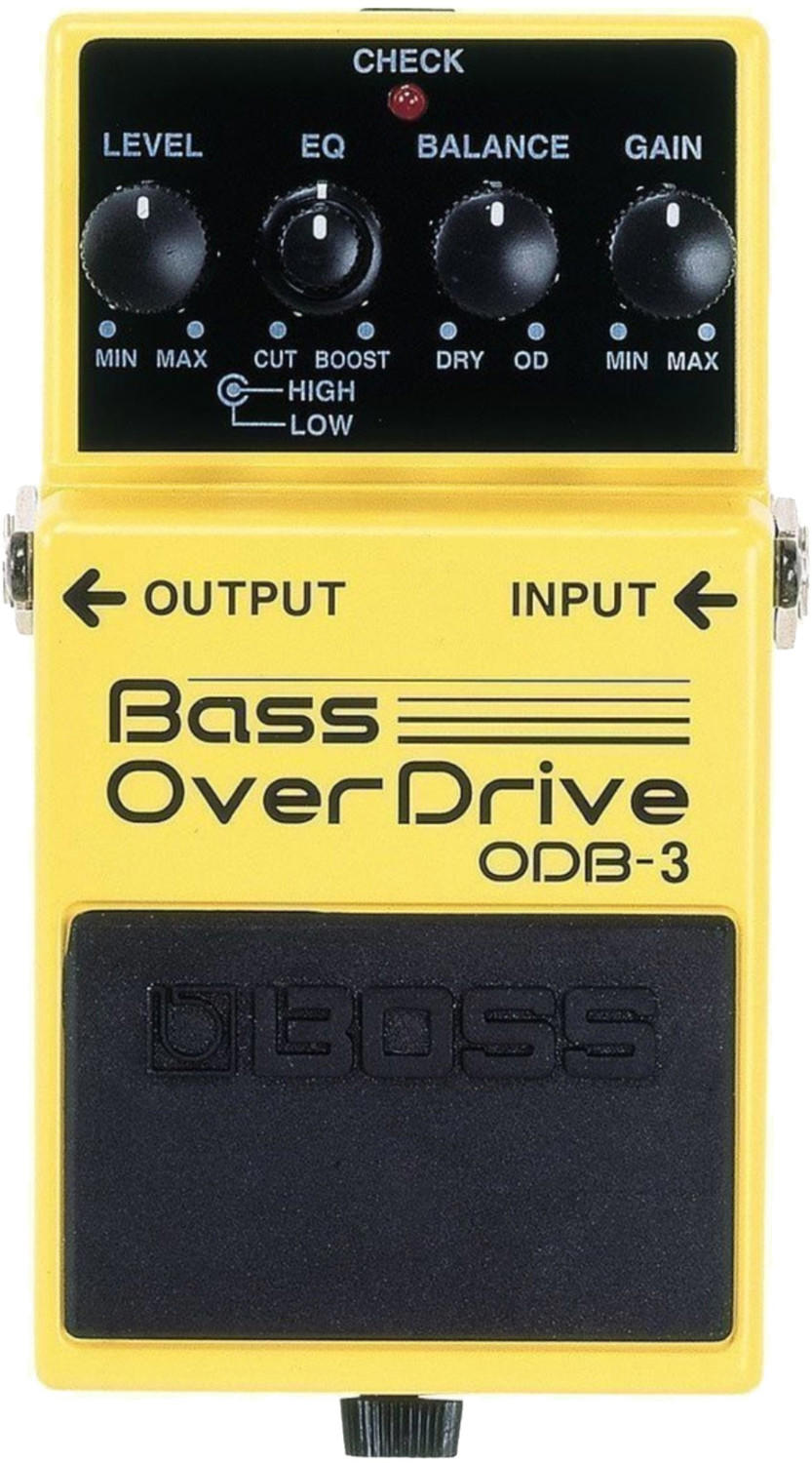


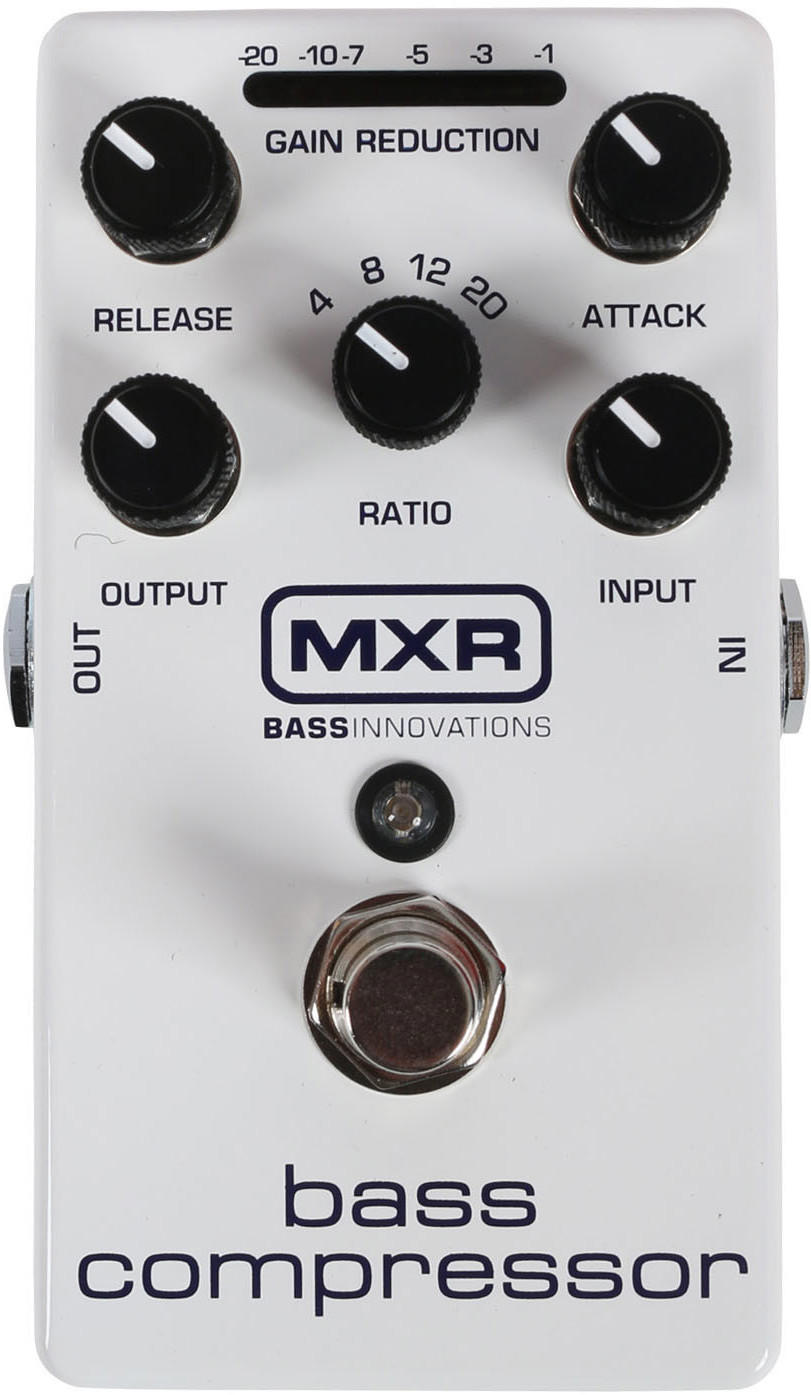
In summary, when selecting bass pedals, consider the power source that best matches your requirements. Battery-operated pedals like the Boss ODB-3 Bass Overdrive Pedal provide flexibility and portability, while AC adapter-based pedals like the MXR M87 Bass Compressor Pedal offer consistent and reliable power.




True bypass
True bypass ensures that the pedal does not affect the tone or signal of your bass when it is turned off, resulting in a cleaner and more transparent sound. A great example of a bass pedal with True bypass is the SansAmp Bass Driver DI. This pedal provides an all-analog signal path and has a true bypass function that allows your bass to maintain its natural tone when the pedal is disengaged. Another option to consider is the MXR M80 Bass D.I. + Distortion. This versatile pedal features a true bypass circuit, giving you the option to engage or disengage the pedal without altering your bass signal. Choose a bass pedal with True bypass to ensure the highest quality tone and signal integrity for your bass setup.
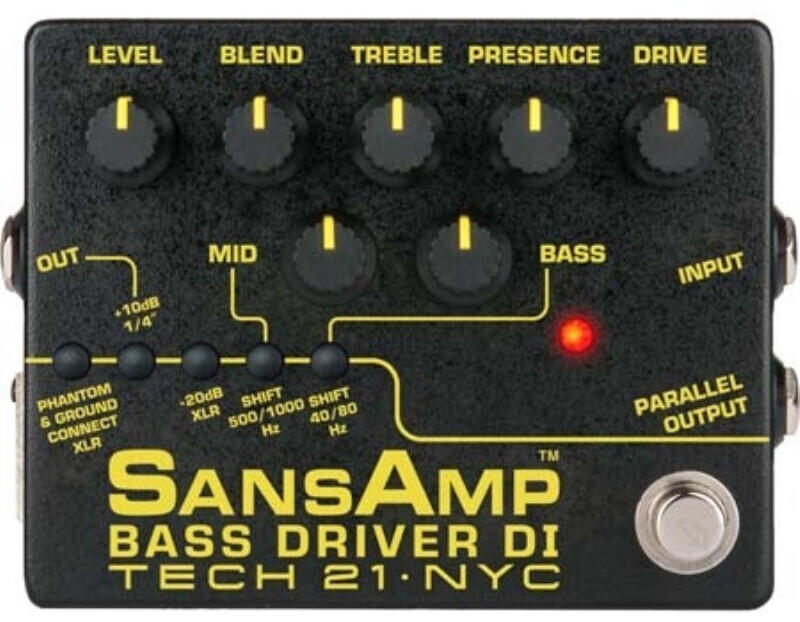
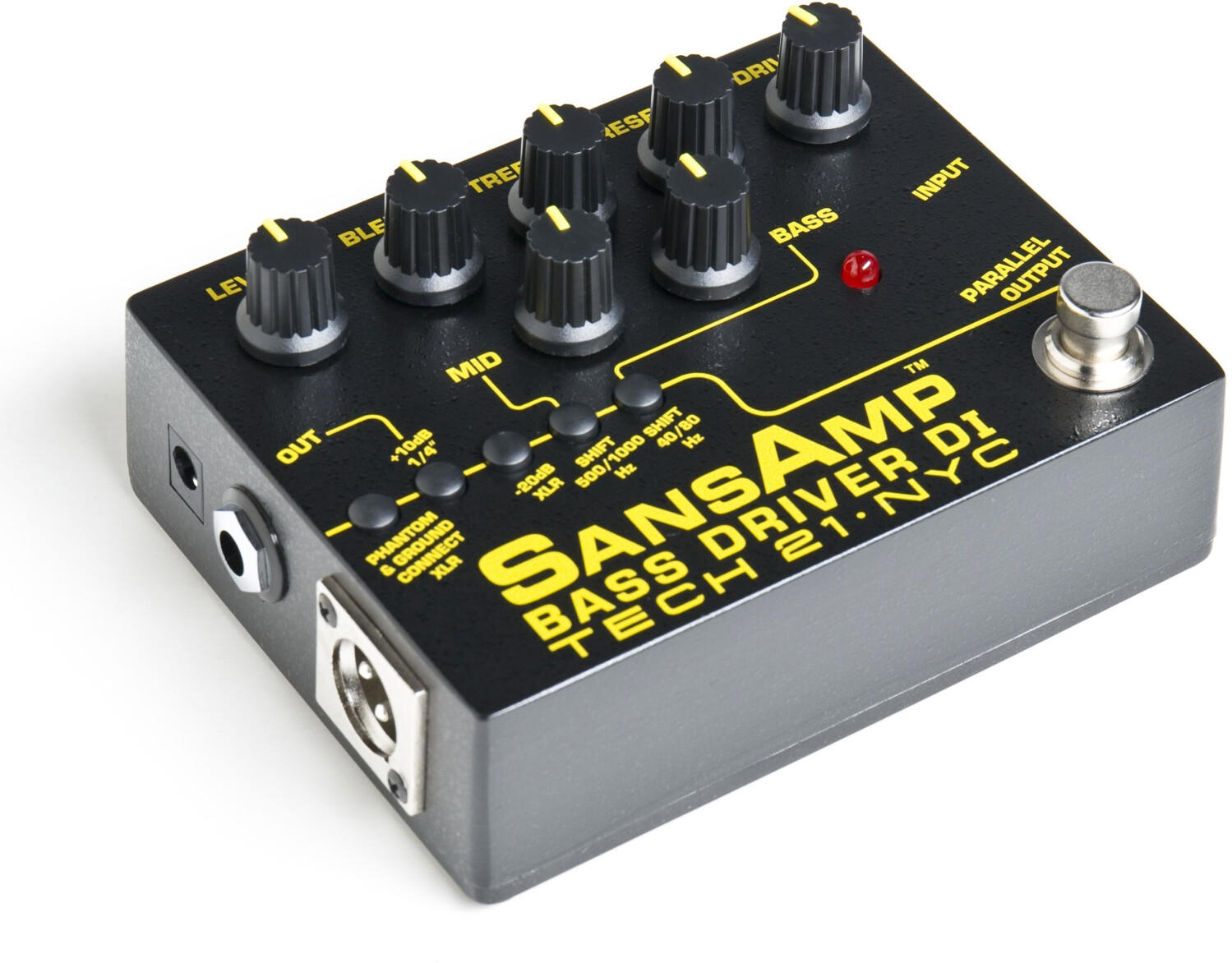
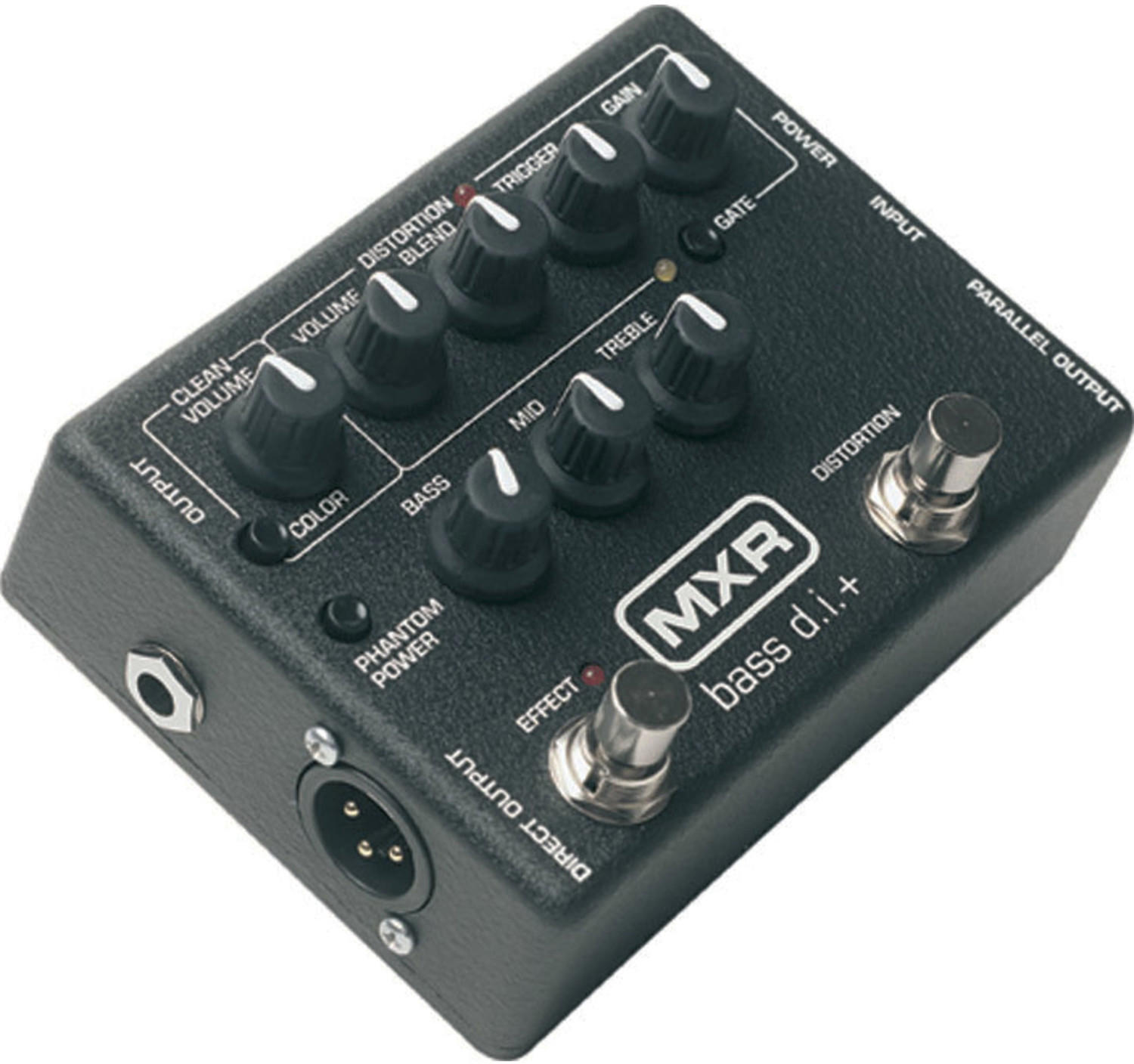

LED indicator
A good LED indicator can provide clear visual feedback of the pedal's status, making it easier for the bassist to monitor their effects during a performance. Several bass pedal manufacturers offer products with high-quality LED indicators that are bright, easy to read, and accurately display various modes and settings.
In the category of octave pedals, the Electro-Harmonix POG2 Polyphonic Octave Generator is a highly recommended option. It features LED indicators that show octave settings, allowing bassists to quickly identify which octave levels are engaged. Another notable pedal with a helpful LED indicator is the TC Electronic Flashback 2 Delay. Its LED indicator displays the delay time, subdivision, and effect status, making it simple to navigate through the different delay settings. In the overdrive/distortion category, the Darkglass Electronics Duality Dual Fuzz Engine offers LEDs that accurately represent the blend, level, and drive controls, ensuring precise sound sculpting. By considering pedals with well-designed LED indicators like these, bassists can easily monitor their effects and focus on rocking out.
Footswitch durability
Look for pedals that are built with high-quality footswitches that can withstand frequent and vigorous stomping. Some notable examples include Boss BD-2 Blues Driver, which features a tough and heavy-duty footswitch known for its reliability. Another commendable option is the MXR M234 Analog Chorus, which boasts a robust, road-worthy switch designed for long-lasting durability. Other pedals on the market that demonstrate exceptional footswitch durability include the Fulltone OCD Obsessive Compulsive Drive and the Electro-Harmonix Big Muff Pi. Remember to carefully examine the specifications of each pedal to ensure the footswitch meets your desired durability requirements.
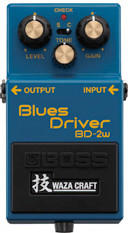
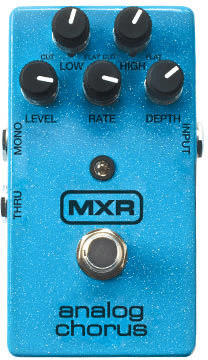

Durability of enclosure
This refers to the ruggedness and sturdiness of the pedal's outer casing. A durable enclosure ensures that the pedal can withstand the rigors of regular use, onstage performances, and transportation. There are several bass pedals in the market that are known for their durable enclosures. For example, the Boss DS-1 Distortion Pedal features a sturdy metal construction that can withstand heavy stomping and transportation. Similarly, the MXR M80 Bass DI+ Pedal boasts a rugged metal housing that offers superior durability. These pedals are designed to last, allowing you to focus on your performance without worrying about frequent repairs or replacements.


Size/portability
This is especially crucial for gigging and traveling musicians who need to transport their equipment easily. The Boss DS-1 Distortion Pedal is an excellent example of a compact and easily portable bass pedal. With dimensions of 5.1" x 2.9" x 2.3" and weighing only 1 pound, this pedal won't take up much space on your pedalboard and can easily fit into any gig bag or backpack. Another option is the TC Electronic Hall of Fame 2 Reverb. Despite its small size, this pedal offers big tonal possibilities with 10 different reverb types and is ideal for bass players on the go.
In terms of segments, some bass pedals cater specifically to the need for size and portability. Compact multi-effects units like the Zoom B1X Four Bass Multi-Effects Processor offer a wide range of effects in a small package. Weighing only 1.2 pounds and measuring 7.4" x 4.3" x 2.2", this pedal provides bassists with convenience without compromising on sound quality. Alternatively, mini or micro pedals, such as the MXR M87 Bass Compressor or the One Control Golden Acorn 256 Effects Loop Controller, are designed to offer essential functions in the smallest possible form factor. These compact options are perfect for musicians who need to maximize pedalboard space or want a portable solution for practicing or performing.
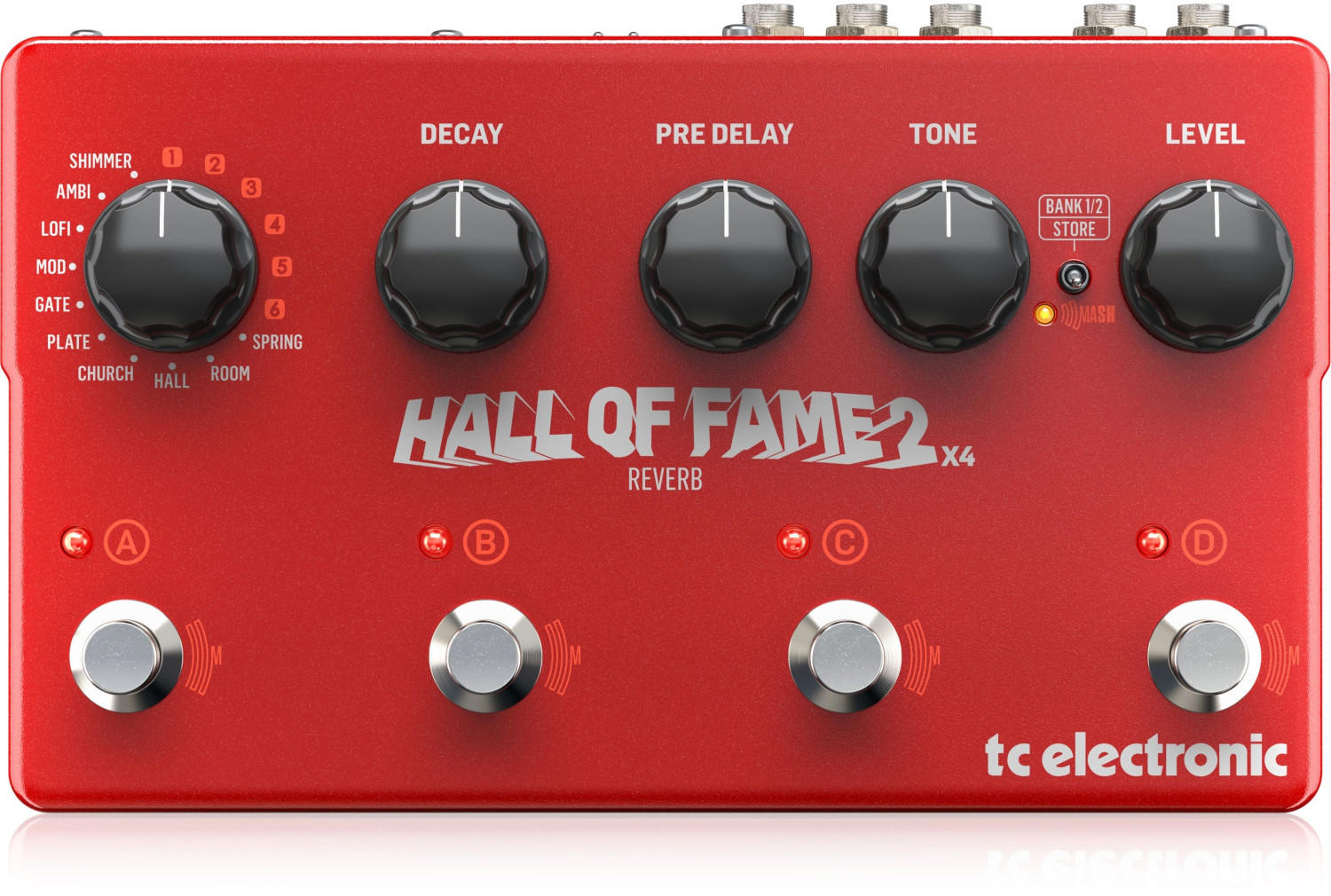
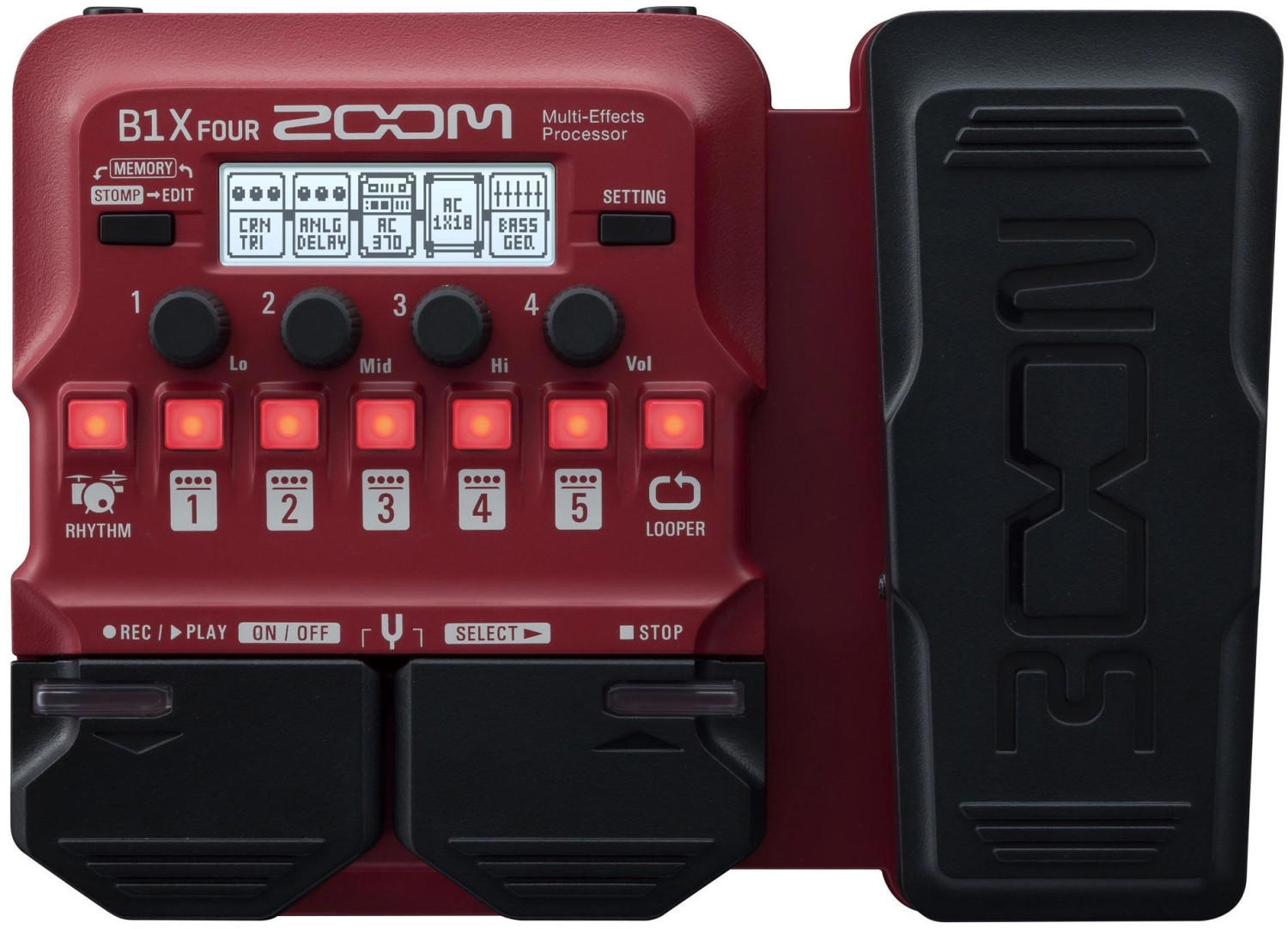

Signal-to-noise ratio
The signal-to-noise ratio refers to the ratio of the desired signal, in this case the bass guitar sound, to the undesirable noise or hiss that can be introduced by the pedal. A higher signal-to-noise ratio indicates less unwanted noise and a cleaner signal.
Several bass pedals on the market offer excellent signal-to-noise ratios. In the category of bass compressors, the 'Darkglass Hyper Luminal' stands out with a whopping signal-to-noise ratio of over 112dB and a dynamic range of ±114dB. Another great option is the 'MXR M87 Bass Compressor', which boasts a respectable signal-to-noise ratio of 90dB. For bass overdrive/distortion pedals, the 'Seymour Duncan Alpha Omega' is noteworthy, with a signal-to-noise ratio of 95dB. In the realm of bass chorus pedals, the 'Boss CEB-3' shines with its signal-to-noise ratio of 95dB. These pedals not only provide exceptional signal quality but also help preserve the clarity and dynamic range of your bass guitar.


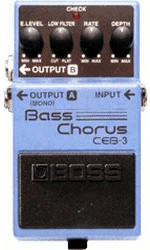
Gain control
Gain refers to the amount of amplification applied to the bass signal. A pedal with a gain control allows you to adjust the amount of distortion or overdrive added to your sound. The Darkglass Electronics Alpha·Omicron is a highly regarded pedal with a wide gain range, allowing you to achieve everything from clean tones to heavily distorted sounds. It features a blend knob for mixing clean and overdriven signals, as well as a three-band EQ for tonal shaping. Another popular option is the Tech 21 SansAmp Bass Driver DI, which offers a wide range of gain control and can act as a versatile preamp. It includes a blend knob, three-band EQ with sweepable mids, and even a built-in DI output for direct recording or live sound applications. Both of these pedals are widely used by professional bass players and offer a comprehensive set of features for all your gain-related needs.
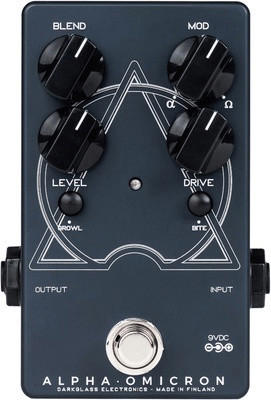


Tone control
The right tone control enables you to shape your bass sound to suit your musical style and preferences. There are different types of tone controls available in bass pedals, including EQ knobs and filters. For example, the Boss ODB-3 Bass Overdrive pedal features a two-band EQ with dedicated knobs for bass and treble. This allows you to boost or cut specific frequencies and customize your sound. Another option is the MXR M87 Bass Compressor, which offers a Release control for adjusting the sustain and a Tone control for altering the high-frequency content of your bass sound. Both of these pedals give you the flexibility to fine-tune your bass tone according to your needs.


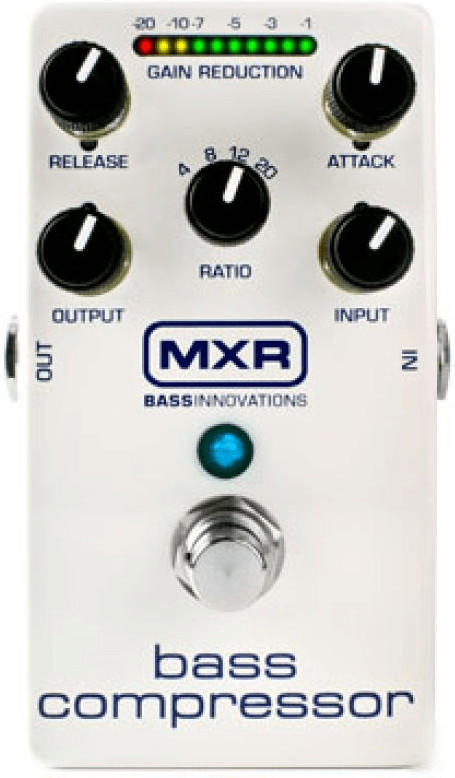
Blend/Mix control
This control allows you to blend the sound of your processed bass signal with the original dry signal, giving you control over the amount of effect you want in the mix. Some popular bass pedals in the market that offer a great blend control include the Darkglass Alpha Omega Ultra and the Aguilar Tone Hammer.
The Darkglass Alpha Omega Ultra is a feature-rich bass pedal that offers a blend control along with a variety of tone sculpting options such as the Mod knob for selecting between different distortion types and the B3K/VMT switch to toggle between different drive circuits. It also features a DI out for direct recording and a headphone output.
Another great option is the Aguilar Tone Hammer, which provides a blend control as well as a preamp and an overdrive. It offers a wide range of EQ controls, including Bass, Treble, and Mid for shaping your tone to perfection. The Tone Hammer also boasts a studio-quality DI output and a weight-triggered auto sense switch, making it perfect for both live performances and studio recordings.
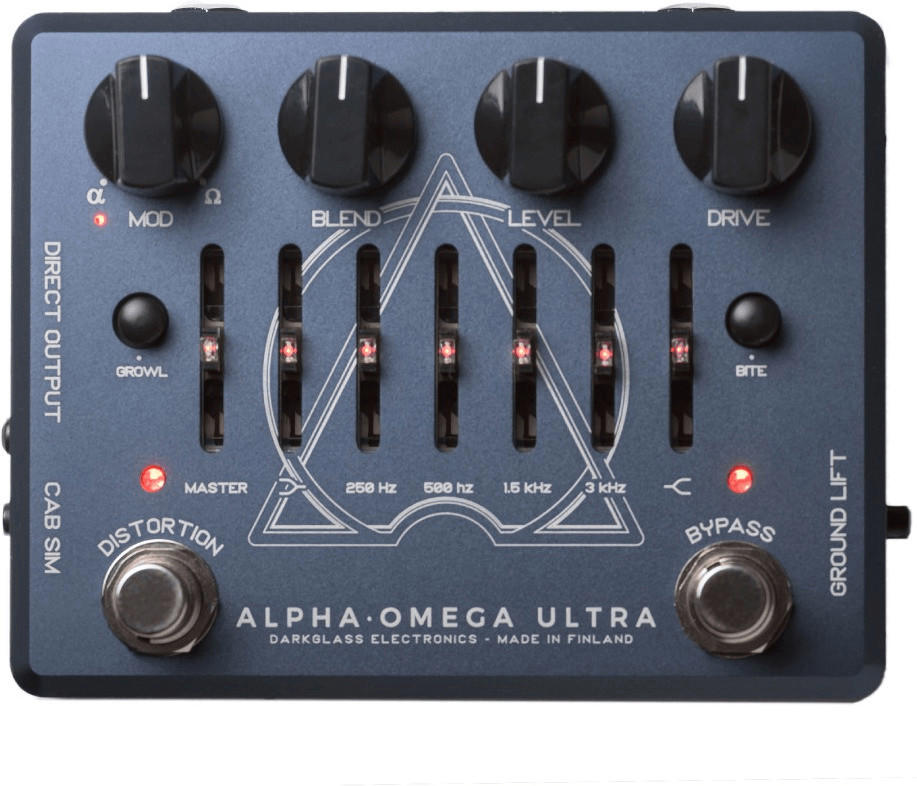
These pedals fall under the segment of high-end professional-grade bass pedals that offer advanced tone shaping and blending capabilities. Other options in this segment include the MXR M81 Bass Preamp and the Tech 21 SansAmp Bass Driver DI. For bassists on a budget, there are also more affordable options like the Electro-Harmonix Bass Soul Food Overdrive and the Digitech Bass Driver Bass Overdrive Pedal.
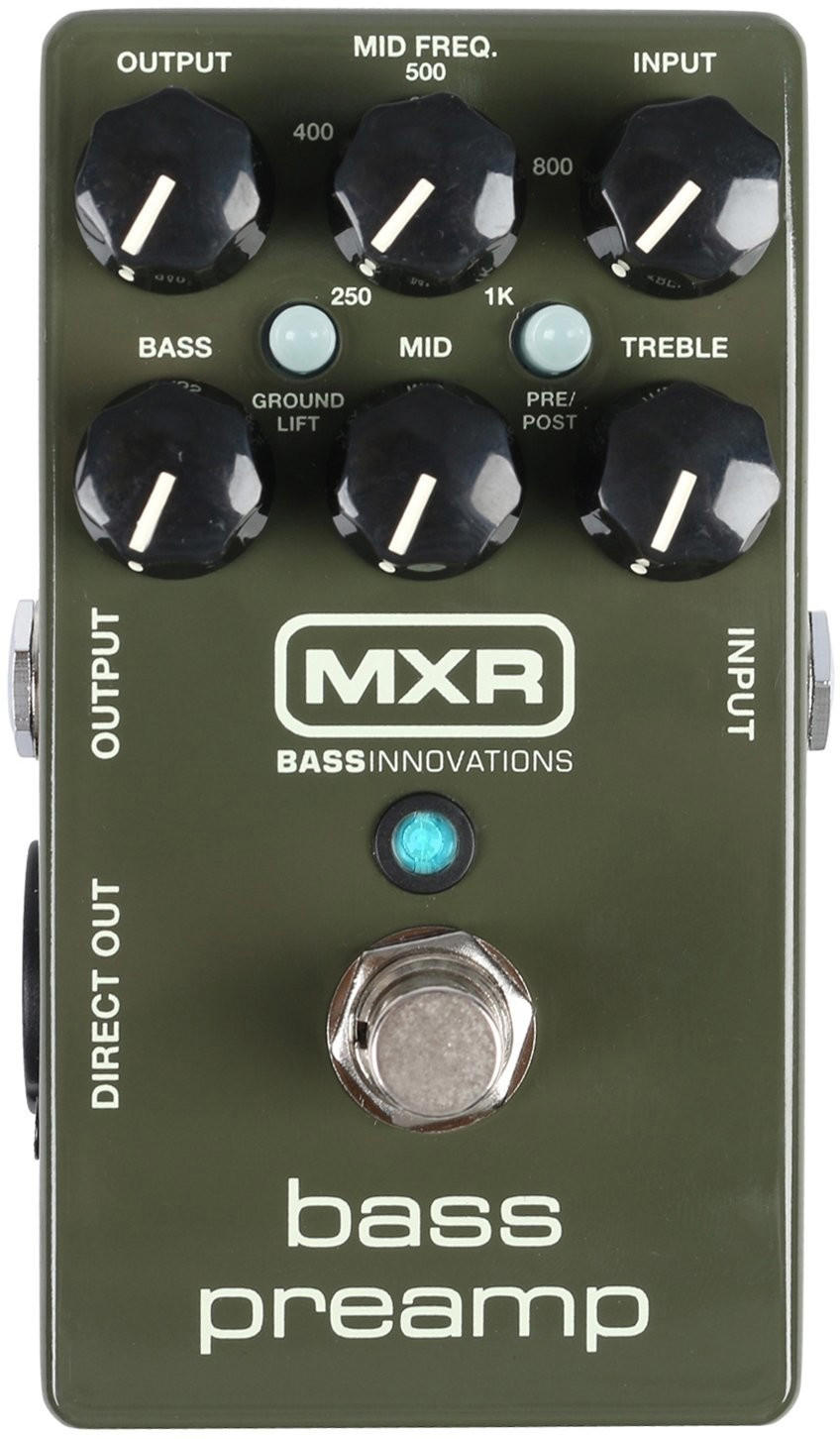



Attack control
This control determines how quickly the effect kicks in once you start playing a note, giving you control over the intensity and sharpness of the initial attack. One exceptional bass pedal to consider is the Darkglass Electronics Microtubes B3K. This popular overdrive pedal boasts a carefully designed Attack knob that lets you dial in the perfect amount of aggression, providing a tight and punchy tone. For those seeking a versatile pedal, the MXR M87 Bass Compressor is highly recommended. It features an Attack control that allows you to shape the initial transient, making it an excellent option for everything from subtle compression to heavy limiting.
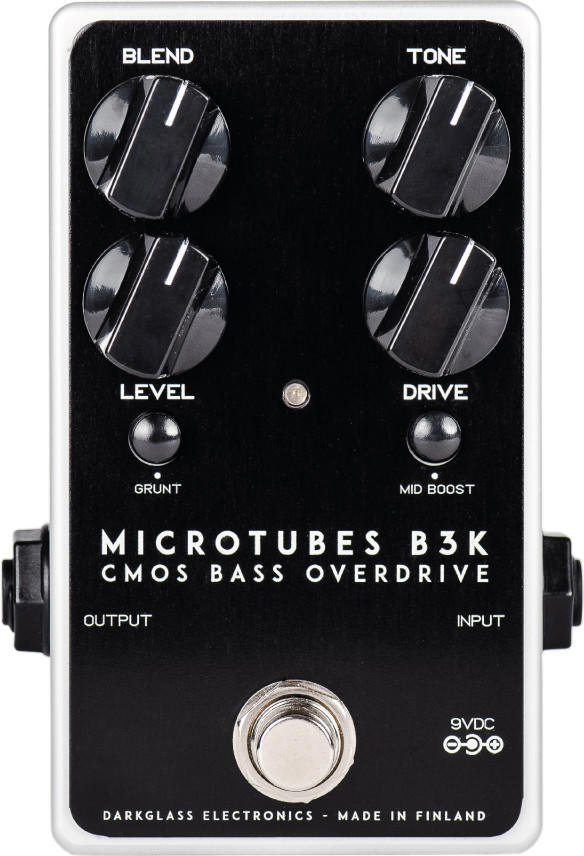


Sustain control
Sustain control allows you to enhance the duration of each note, adding richness and depth to your bass sound. If you're looking for a pedal with excellent sustain control, the MXR M87 Bass Compressor is a fantastic choice. With its CHT circuitry, this pedal delivers a quiet operation and transparent compression, enhancing sustain while perfectly balancing your bass tone. Similarly, the Darkglass Electronics Hyper Luminal Compressor offers remarkable sustain control. It boasts advanced digital and analog circuitry, providing studio-grade compression, a blend control for mixing clean and compressed signals, and variable time constant technology for flawless sustain control. For those looking for a more budget-friendly option, the Behringer Compressor/Sustainer CS400 offers sustain as well, allowing you to maximize the length of your bass notes without sacrificing your pocket. Keep in mind that some bass pedals focuses solely on sustain, while others offer a combination of sustain and other effects.



Compression ratio
This ratio is related to the amount of compression the pedal applies to your bass signal. A lower compression ratio, such as 2:1, means that for every 2dB above the threshold the signal goes, only 1dB will be allowed through. On the other hand, a higher compression ratio, like 10:1, will greatly reduce the dynamic range, allowing only 1dB of signal through for every 10dB above the threshold.
For those looking for a bass pedal with a versatile compression ratio, the MXR M87 Bass Compressor is highly recommended. It offers a wide range of compression options, from a gentle 4:1 to a squashed 20:1 ratio. Another great option is the Empress Effects Compressor, which features a 10:1 compression ratio and a Blend knob for mixing compression with dry signal.To further cater to different needs, some bass pedals offer specific compression segmentations. One such group is "studio-grade" bass pedals, like the renowned Aguilar Tone Hammer, providing options like a 4:1 compression ratio to subtly even out dynamics while retaining the natural tone. For those seeking a more aggressive compression effect, "sustainer" pedals like EBS Stanley Clarke Signature Wah-Drive, which features a high 12:1 compression ratio and a customizable threshold, might be the ideal choice.

Threshold control
This feature helps determine the level at which the effect kicks in, allowing you to control the sensitivity and responsiveness of the pedal. For bassists looking for a versatile option, the EBS MultiComp pedal is a great choice. It offers a Threshold control that allows precise adjustment, coupled with a compression ratio of 1:3 which effectively smooths out the dynamics of the signal while retaining the natural sound of the bass. Another option worth considering is the Darkglass Hyper Luminal Compressor. This pedal offers a unique Time Features control which enables the adjustment of the attack, release, and compression strength, allowing for meticulous shaping of the compressed sound. Both of these pedals are examples of quality bass pedals with powerful Threshold controls.

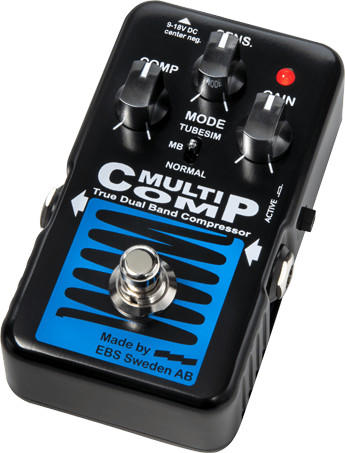

Clean Blend control
This feature allows you to blend your clean bass signal with the effect produced by the pedal, resulting in a more balanced and natural tone. Having control over the amount of effect mixed with your clean signal can help you maintain clarity and definition in your playing. Some great options that offer a Clean Blend control include the Darkglass Electronics Microtubes B7K Ultra V2 Bass Overdrive and the MXR M288 Bass Octave Deluxe. Both pedals allow you to dial in the perfect balance of clean and effected signal, offering versatility and enhancing your overall bass tone.

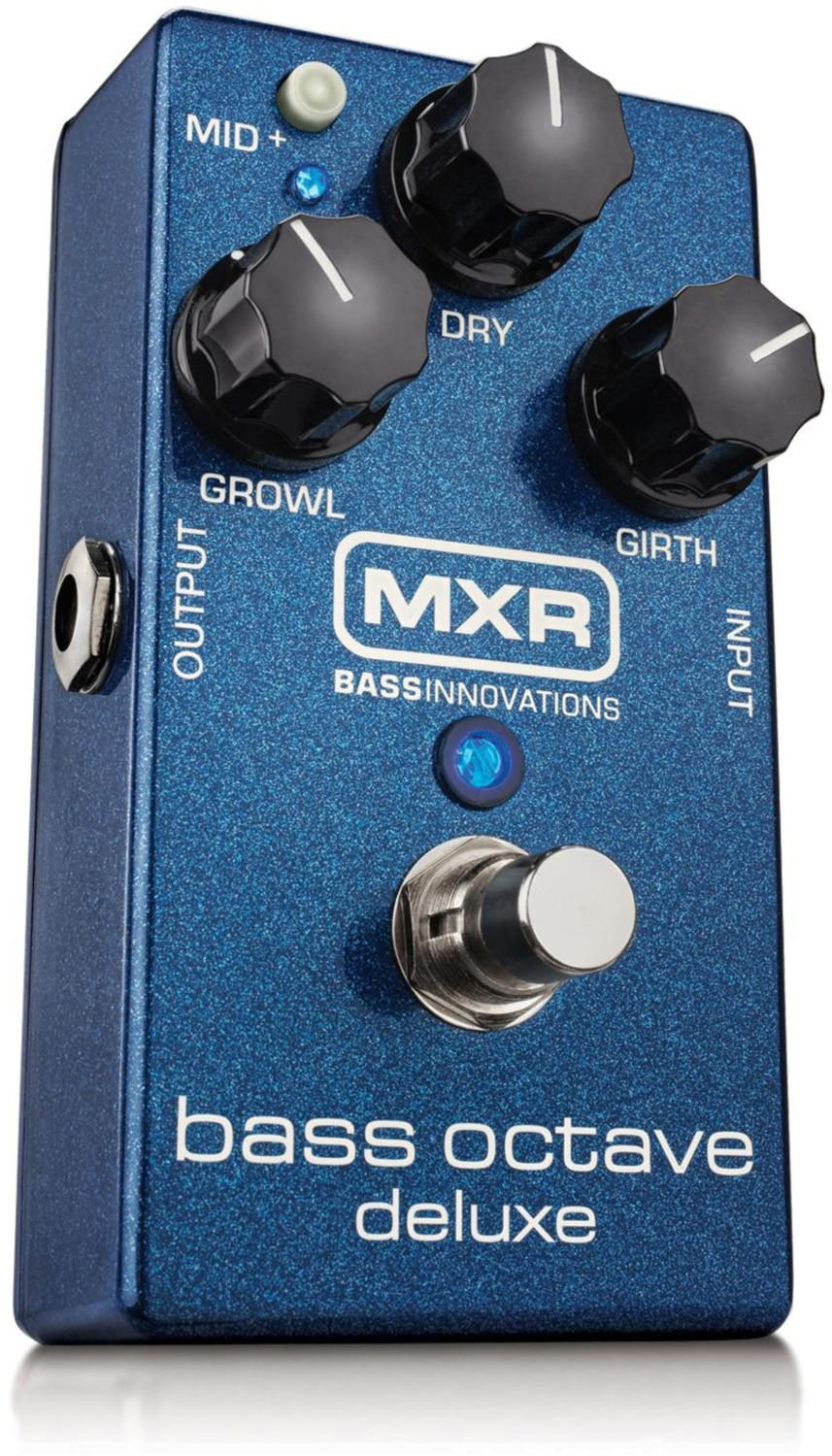
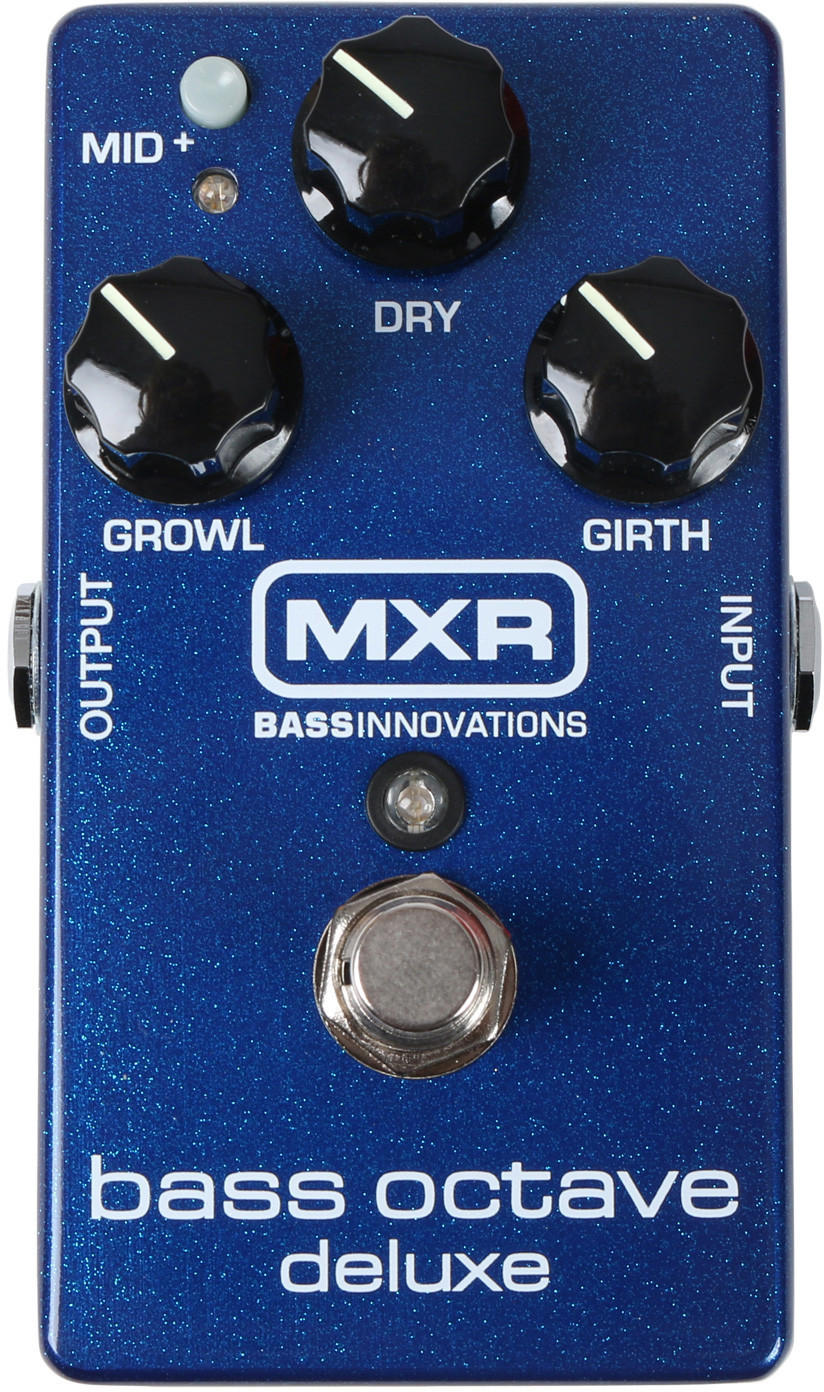
Octave control
This feature allows you to add a lower or higher octave to your bass tone, creating depth and richness in your sound. When assessing this capability, take into account the range of control offered by the pedal and whether it includes additional features such as a dry/wet mix or the ability to blend different octaves. One notable example on the market is the Electro-Harmonix POG2 Octave Generator. This versatile pedal lets you control the attack and decay of your bass notes while providing options for -2, -1, +1, and +2 octaves. Another option is the Boss OC-3 Super Octave Pedal which includes a Dual Octave mode, offering separate controls for both a clean octave sound and a vintage "drive" octave effect. Both of these pedals are highly regarded for their precise octave control and overall performance.
Tracking accuracy
This refers to how well the pedal reproduces the exact pitch of the notes you play on your bass. For bassists who value precise and tight tracking, it is worth looking into pedals with advanced tracking technology to ensure a seamless performance.
In the market, there are a few groups or segments of bass pedals that offer exceptional tracking accuracy. One group consists of polyphonic octave pedals, like the TC Electronic Sub 'N' Up Octaver and the Electro-Harmonix POG2 Polyphonic Octave Generator. These pedals offer individual control over multiple octaves, giving clear and accurate tracking across a wide range of notes. Additionally, specialized bass synthesizer pedals like the EBS Stanley Clarke Signature Wah Pedal leverage advanced tracking algorithms to accurately track and replicate complex bass tones in real-time. Their precise tracking capabilities make tracking pitch bends, slides, and vibratos incredibly responsive.
Polyphony capability
Polyphony refers to the number of voices or notes that a bass pedal can play at the same time. This is particularly crucial for bass pedals that are used for creating basslines with multiple notes or chords. For example, the Boss Bass Synthesizer SYB-5 offers a polyphony capability of up to 4 simultaneous voices, enabling the player to produce complex and layered bass sounds. Another option is the Elektron Analog Drive, which provides a polyphony of up to 9 notes and offers a wide range of distortion and filter effects. These pedals are ideal for bassists looking to explore intricate basslines and experiment with various sonic textures. It is important to consider the desired polyphony capability when choosing a bass pedal to ensure it suits the style and complexity of your playing.
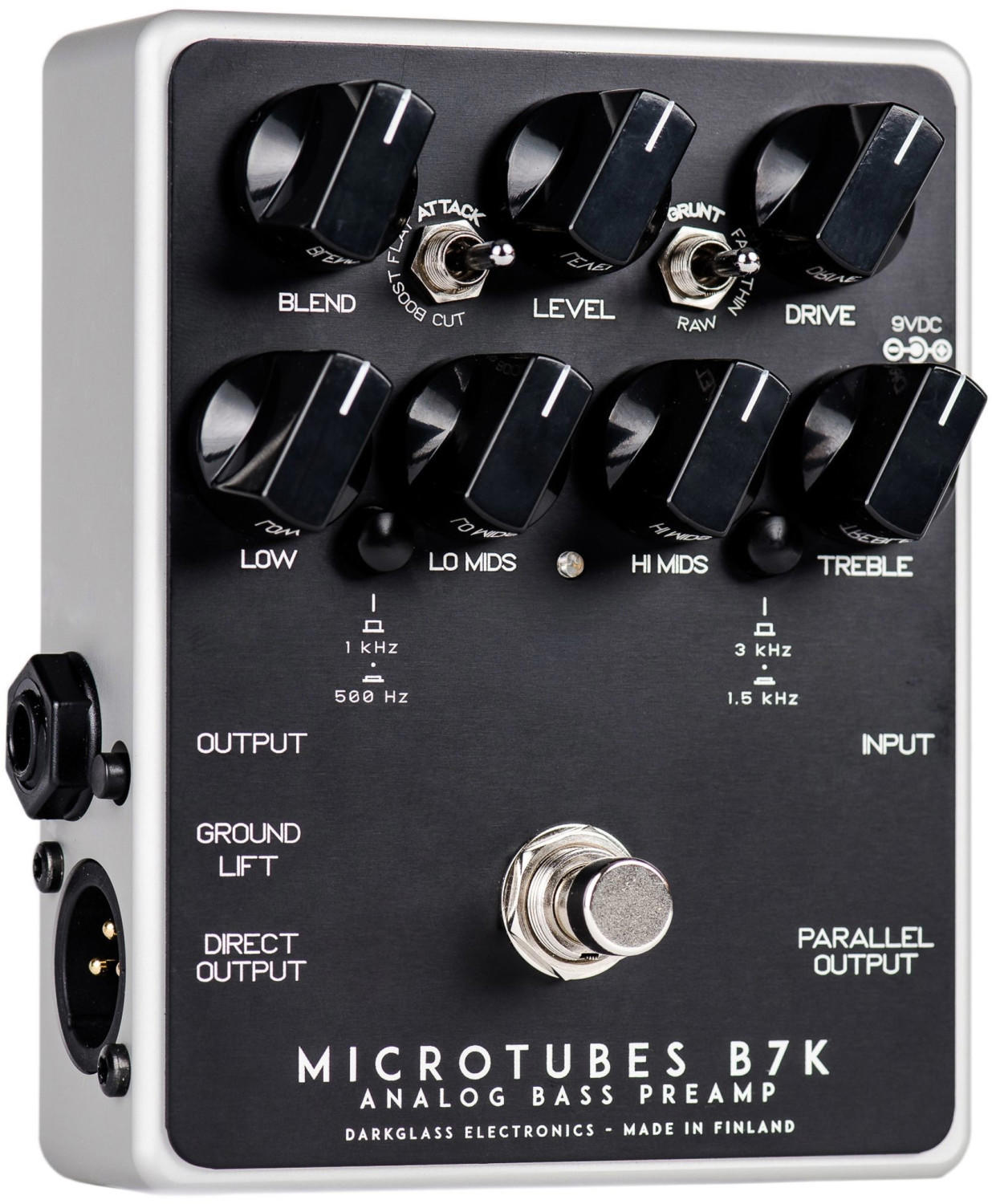
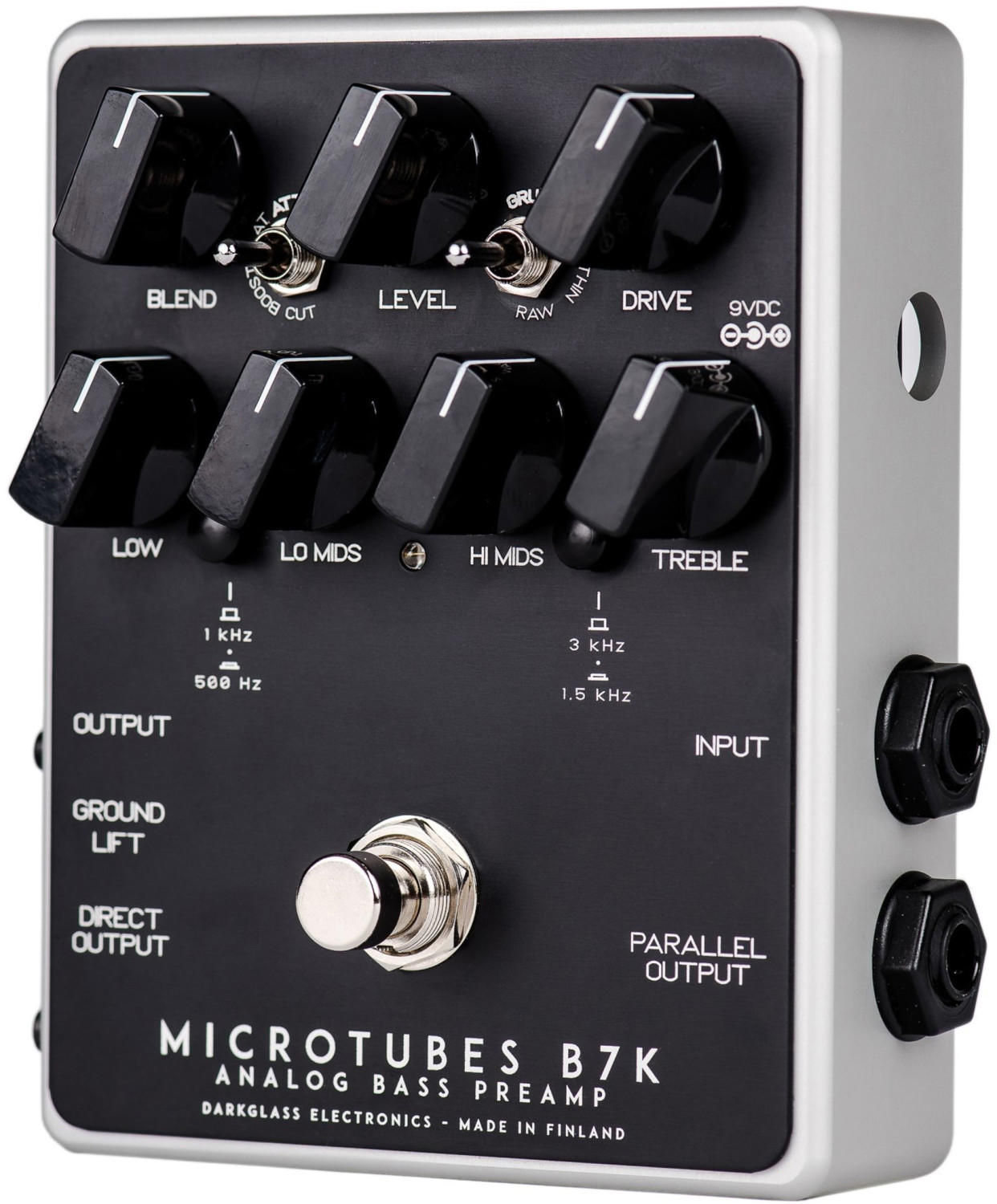
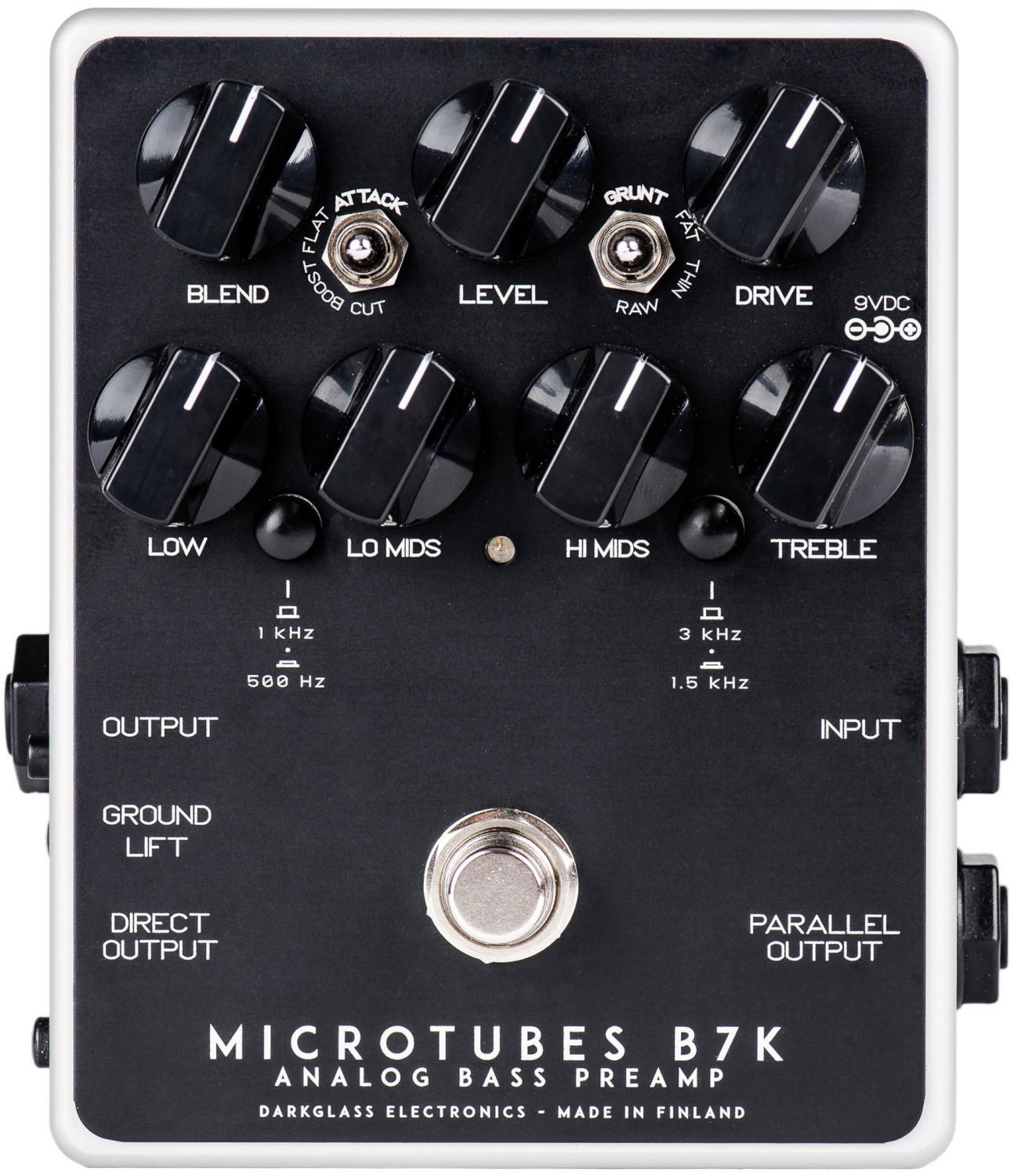
Preset memory
Having preset memory enables you to save and recall your preferred settings easily, allowing for quick and seamless transitions between different tones and effects during live performances or recording sessions. This is particularly useful for bass players who require versatility and want to experiment with various sounds without having to manually adjust multiple parameters each time.
Several versatile bass pedals on the market offer impressive preset memory capacity. A notable example is the Boss GT-1B Bass Effects Processor, which boasts 99 user presets that can be fully customized to suit your personal preferences. Another exceptional option is the Line 6 HX Stomp Bass, featuring an extensive library of presets and the ability to create and save up to 126 user presets. Additionally, if you are seeking more specific tone options, the Darkglass Electronics Microtubes X Ultra Bass Preamp Pedal offers six onboard memory slots that can be used to store your favorite presets, making it ideal for bass players targeting a particular genre or style. Ultimately, choosing a bass pedal with ample preset memory will enhance your musical experience and provide effortless access to a wide range of sounds.
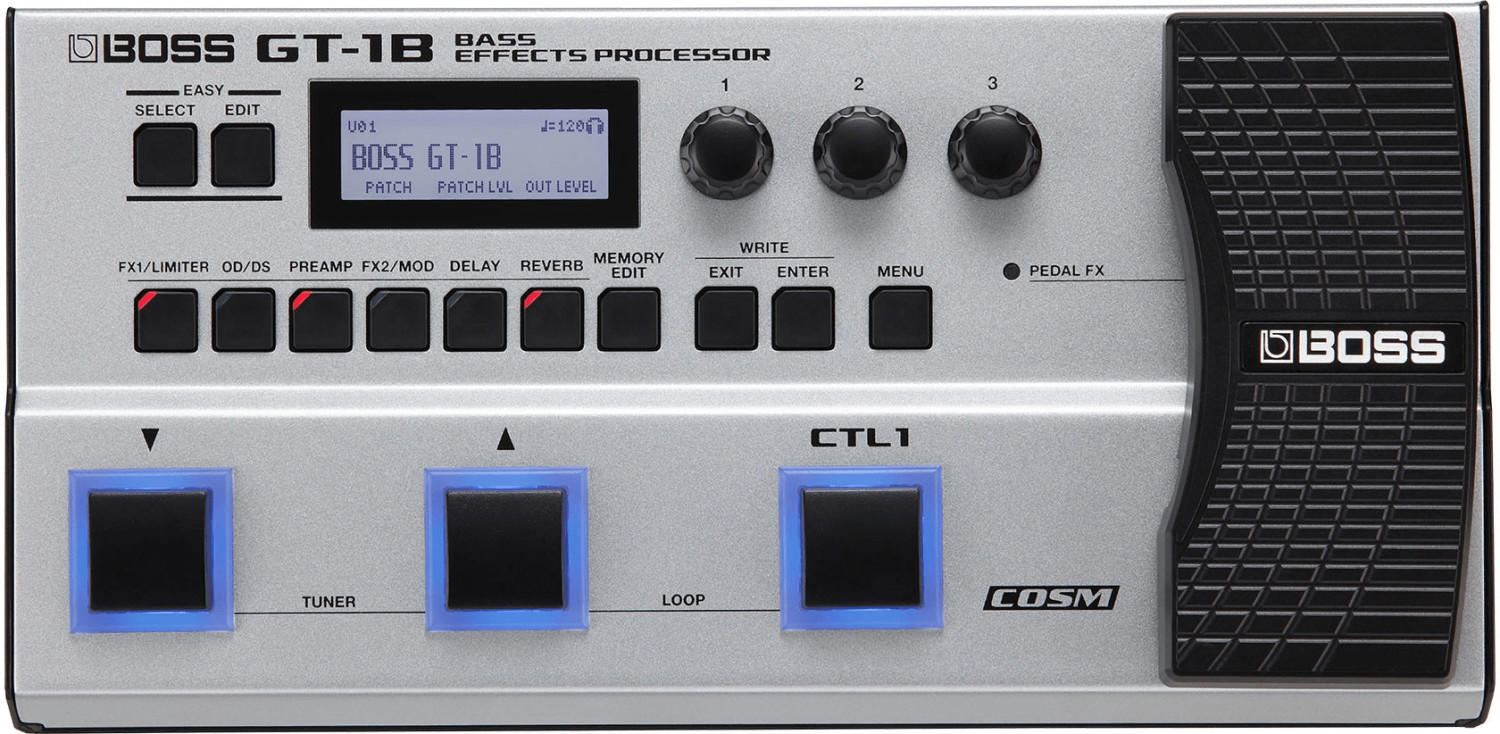

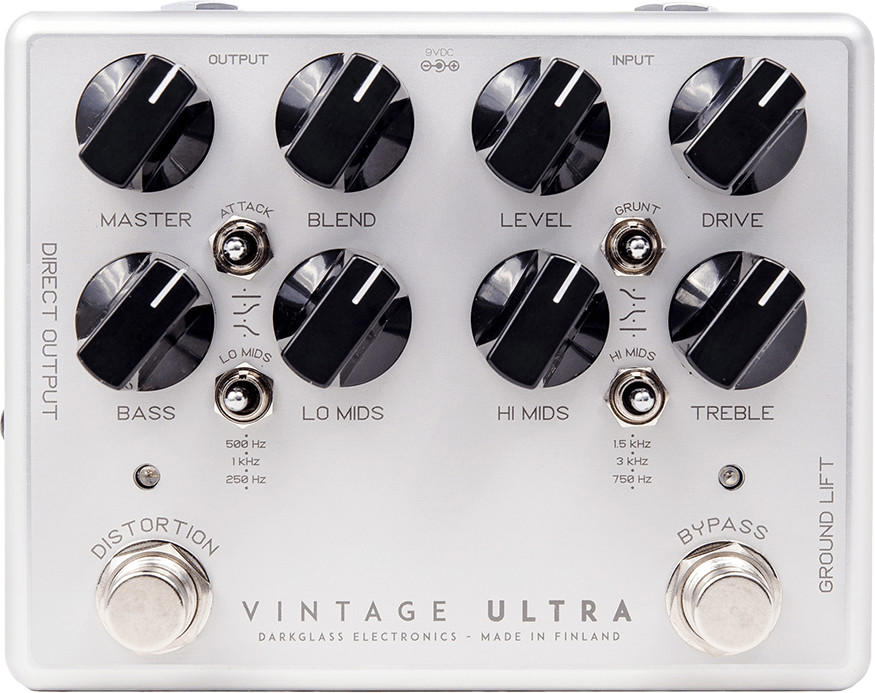
Expression pedal input
An expression pedal allows you to control various parameters of the pedal in real-time, such as the volume, wah, or modulation effect. Look for a bass pedal with a dedicated expression pedal input that can support the type of pedal you plan to use.
For those looking for a versatile bass pedal with a high-quality expression pedal input, the Tech 21 SansAmp Bass Driver DI is a great option. It features a built-in DI, separate drive and blend controls, and a -20dB pad for active basses. It also offers a separate XLR output with selectable levels and ground lift. Another worthy contender is the Source Audio C4 Synth Pedal, which offers a robust expression pedal input that allows you to seamlessly control the synth parameters while unleashing a whole world of synth sounds tailored specifically for the bass. The presets, tap tempo feature, and MIDI compatibility make it a versatile choice for bass players looking to explore new sonic territories.


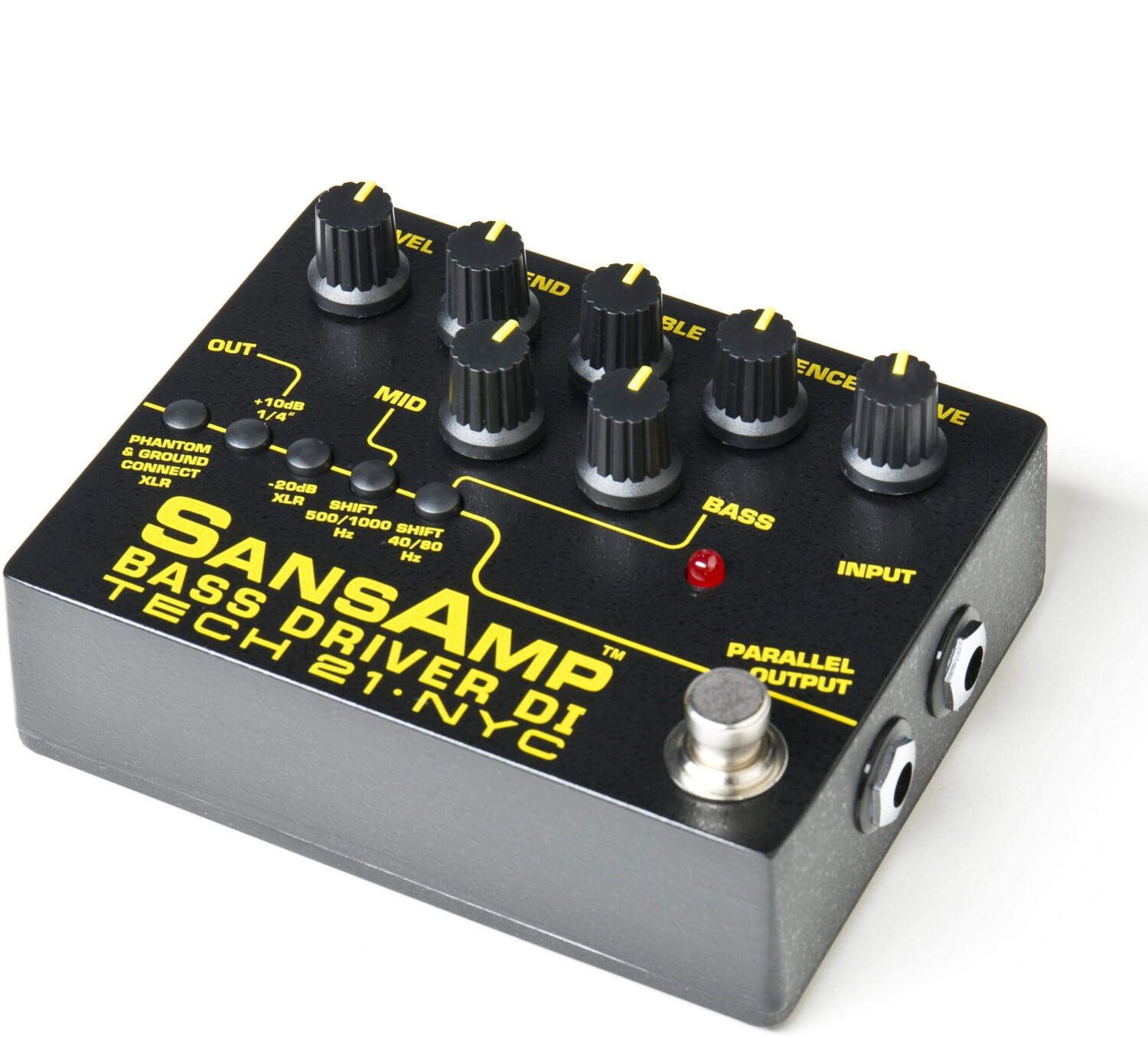
MIDI connectivity
MIDI (Musical Instrument Digital Interface) allows you to connect your bass pedal to other MIDI-compatible devices, such as synthesizers, computers, or sequencers. This opens up a whole world of possibilities for creating unique sounds and integrating your bass pedal into your overall setup.
One example of a bass pedal with MIDI connectivity is the Boss SY-300 Guitar Synthesizer. This pedal offers polyphonic synthesizer sounds and a wide range of editing options, all controlled through its MIDI input/output. Another option is the Source Audio Soundblox Multiwave Bass Distortion, which not only features MIDI functionality but also offers a variety of distortion effects tailored specifically for bass players. For bassists looking for comprehensive MIDI capabilities, the Electro-Harmonix Bass Microsynth XO is an excellent choice with its four synthetic voices, envelope control, and blendable sub-octave. These three pedals exemplify the variety of MIDI-equipped bass pedals available, catering to different musical preferences and requirements.

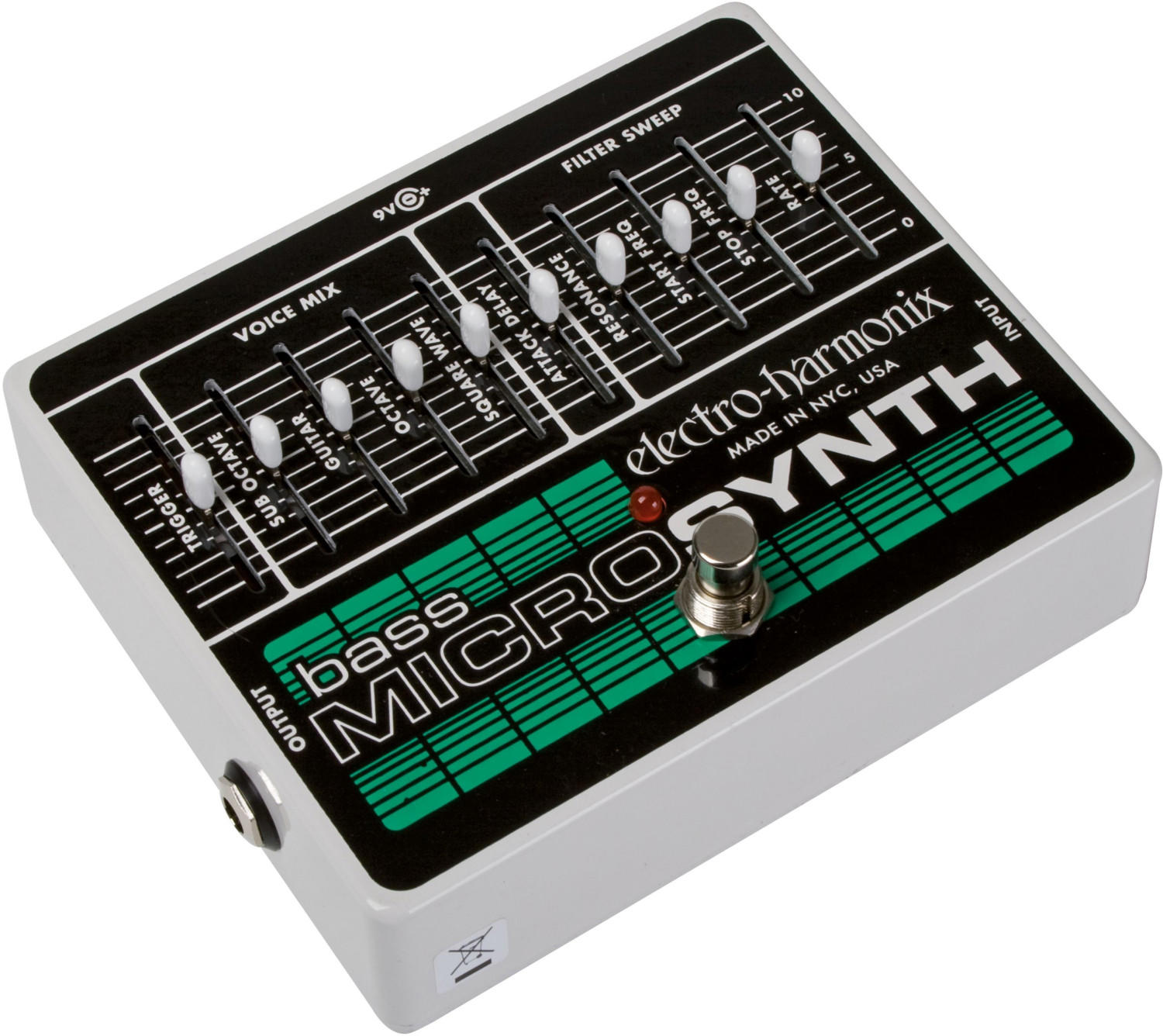
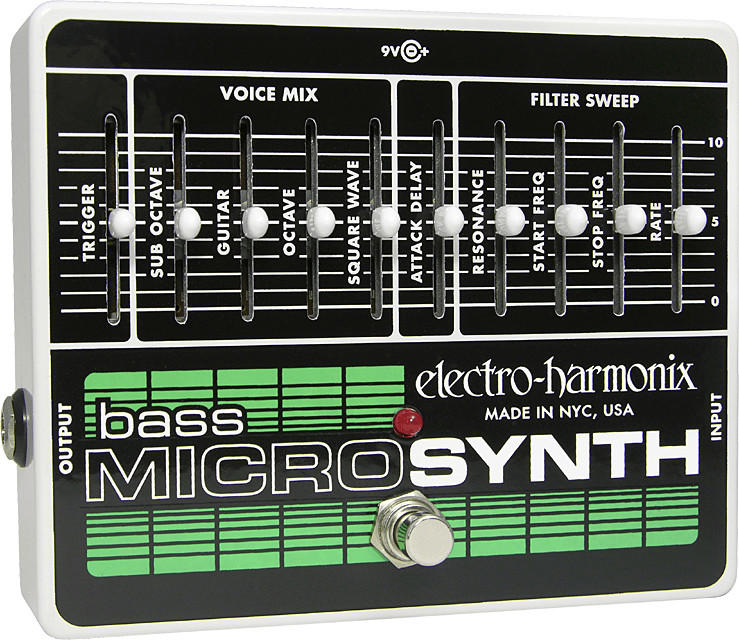
USB connectivity
USB connectivity allows for easy connection to a computer or mobile device, opening up a wide range of possibilities for recording, editing, and downloading additional effects. One excellent example of a pedal that offers USB connectivity is the Boss GT-1B Bass Effects Processor. This compact pedal features a USB audio/MIDI interface for seamless integration with digital recording systems, making it a perfect choice for home studio setups. Another option to consider is the Zoom B3n Multi-Effects Processor. With its USB port, this pedal allows bassists to easily record and edit their performances using Zoom's Guitar Lab software. The USB connectivity on these pedals ensures that bassists can take full advantage of digital recording technology and expand their sonic capabilities.
Proximity sensor
A proximity sensor is a feature that detects the presence or absence of an object within a certain distance without physical contact. This allows for a hands-free operation and seamless performance. One example of a bass pedal with a proximity sensor is the Source Audio AfterShock Bass Distortion Pedal. This pedal not only features a proximity sensor, but also offers a wide range of distortion effects specifically tailored for bass players. Another option is the TC Electronic Brainwaves Pitch Shifter and Chorus Pedal which includes a proximity sensor along with versatile pitch shifting and chorus effects for a truly dynamic and immersive experience. With these pedals, bass players can effortlessly control their sound without needing to press down on footswitches, giving them the freedom to focus on their performance.

Multi-effects capability
A multi-effects pedal combines multiple effects into one unit, providing convenience and versatility for bass players. This allows for easy access to a wide range of effects such as distortion, modulation, delay, reverb, and more.
A popular choice among bass players is the BOSS GT-1B Bass Effects Processor. This pedal offers an extensive selection of bass-optimized effects, including overdrive, chorus, delay, and more, all packed into a compact and user-friendly unit. Another option is the Line 6 Helix LT Guitar Multi-effects Processor, which is suitable for bass players as well. It boasts an array of effects, amp models, and cabs simulations, providing a variety of tonal options for bassists.
Other examples of pedals with multi-effects capability include the DigiTech BP90 Bass Multi-Effect Processor and the Zoom B3n Multi-Effects Processor and Amp Simulator. These pedals offer a comprehensive range of effects, allowing bass players to experiment with different sounds and textures in their performances. With their versatility and convenience, multi-effects pedals are a valuable addition to any bass player's arsenal.
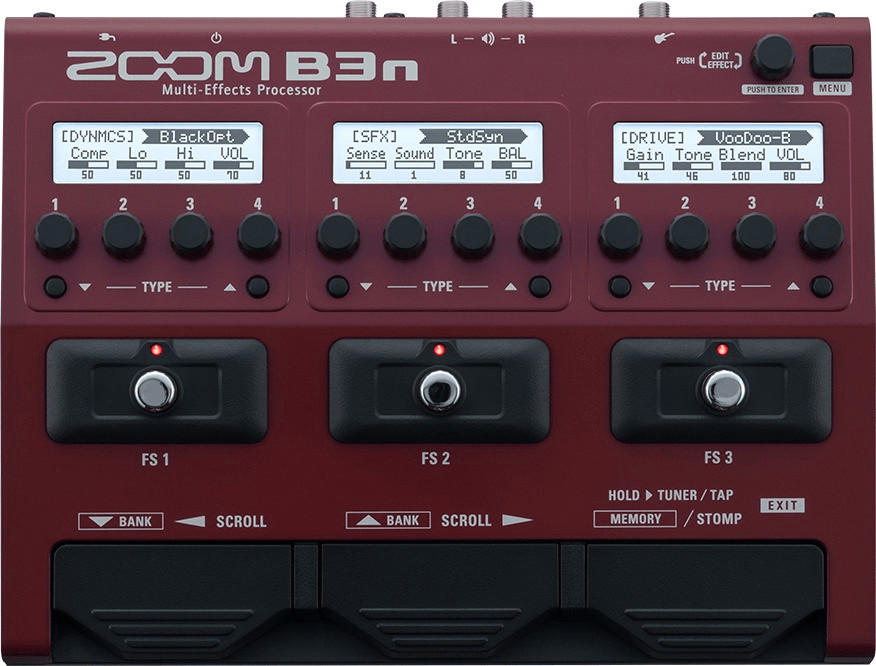
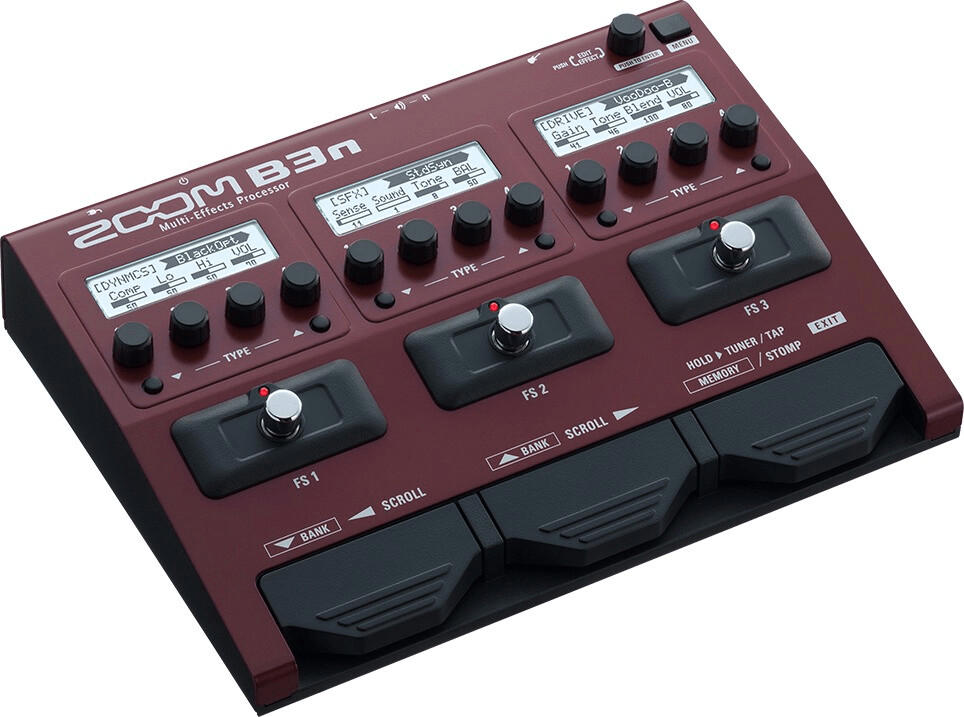
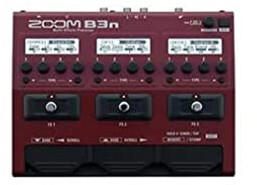
Adjustable parameters
Different adjustable parameters can greatly affect the sound and allow musicians to achieve their desired tones. Some commonly adjustable parameters in bass pedals include gain, EQ controls, compression settings, and modulation options.
For example, the Darkglass Electronics Alpha·Omega Ultra Bass Preamp offers a wide range of adjustable parameters. Its dual distortion engine allows users to dial in different levels of saturation, and its dedicated blend control enables the blending of clean and distorted signals. Furthermore, it features a 6-band graphic equalizer to shape the frequency response precisely.
Another notable option is the Electro-Harmonix Bass Soul Food Overdrive Pedal. Equipped with adjustable parameters like drive, blend, treble, and volume controls, this pedal ensures a precise level of distortion and tone shaping. Its blend control efficiently mixes the clean and overdriven signals, preserving the articulate low-end while adding grit and sustain.

In the marketplace, bass pedals can be broadly segmented into distortion pedals, overdrive pedals, fuzz pedals, modulation pedals, and multi-effects pedals, each offering unique adjustable parameters to achieve specific tones. Some popular options in each segment include the Boss ODB-3 Bass Overdrive for overdrive tones, the MXR M84 Bass Fuzz Deluxe for fuzz effects, and the Source Audio SA C4 Synth Pro for modulation capabilities. Ultimately, considering the adjustable parameters available in bass pedals is crucial to finding the perfect fit for each musician's artistic requirements.
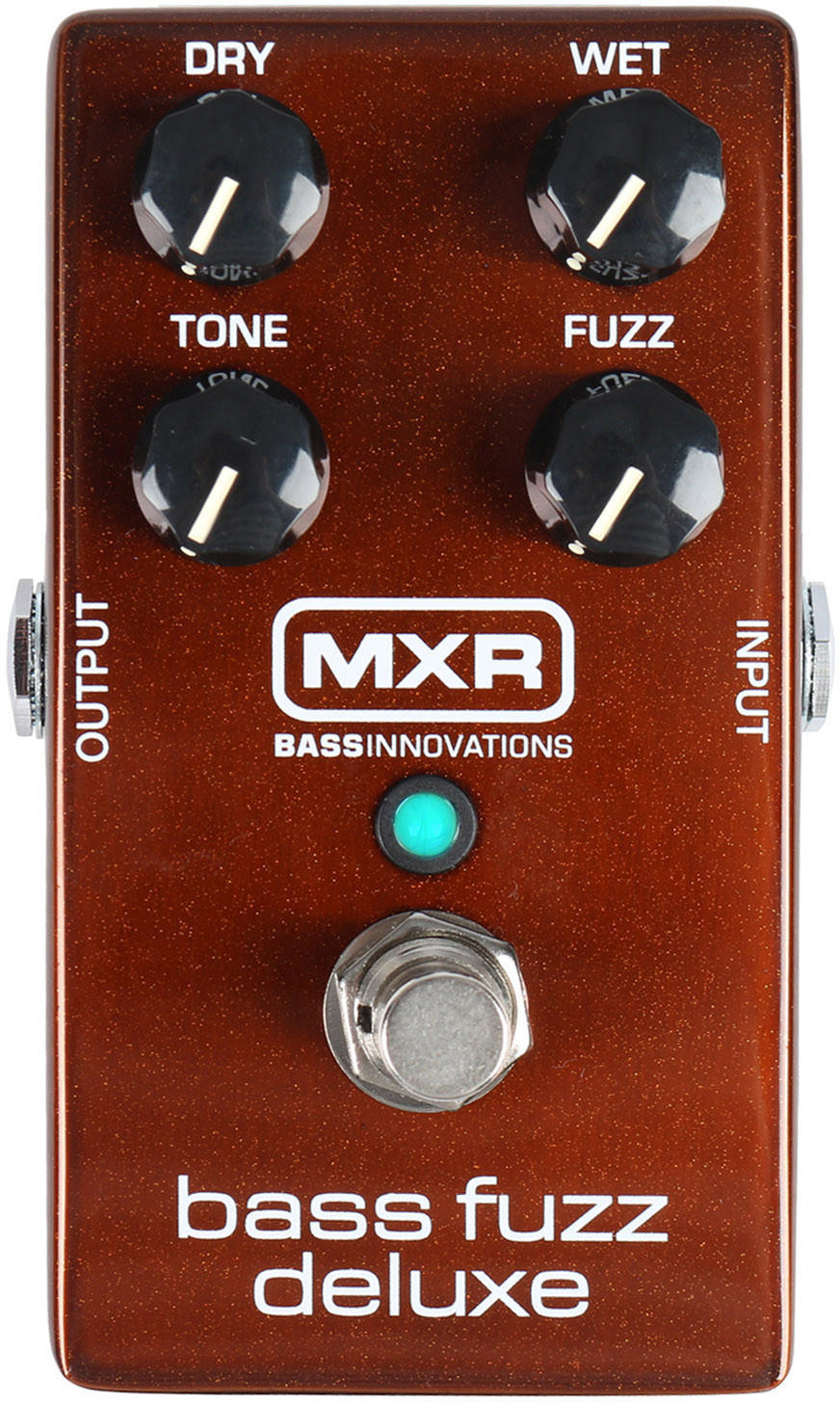
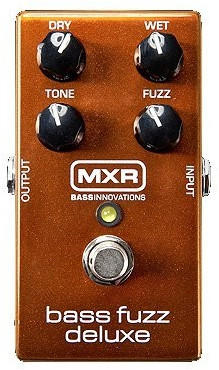

Signal routing options
This refers to the way in which the input and output signals are routed through the pedal. There are various signal routing options available, each with its own benefits. For those looking for a standard signal routing option, pedals like the Boss Bass Overdrive ODB-3 and the TC Electronic SpectraComp Bass Compressor are popular choices. They feature a simple input signal routing that goes directly into the pedal and then out to the amplifier. Another option to consider is parallel signal routing, which allows the original signal to blend with the affected signal. Pedals such as the MXR M83 Bass Chorus Deluxe and the Earthquaker Devices Hoof Reaper V2 offer this feature, giving bassists the ability to create unique and layered sounds. Finally, some pedals like the Darkglass Electronics Alpha-Omega Ultra offer both serial and parallel signal routing, giving bassists even more versatility and customization options.




Power consumption
This applies to both standalone pedals and pedalboards. A higher power consumption may require multiple power supplies or the use of large-capacity power adapters. However, it is worth noting that the power consumption of pedals can vary significantly depending on their design and the specific function they perform.
For pedalboards, it is essential to consider the overall power consumption as well as the available power options. The Strymon Zuma R300 pedal power supply is a great example of a versatile option with a high power capacity of 300mA per output. It features a total of nine individual outputs that can accommodate various pedals, making it ideal for larger setups. Additionally, the Voodoo Lab Pedal Power 2 Plus is another excellent choice for power-hungry pedals, offering eight isolated outputs and a maximum output of 250mA.
Alternatively, some pedals are specifically designed to be low-power, allowing for more efficient power usage on pedalboards. The TC Electronic Polytune 3 Mini Noir is an outstanding choice with a minimal power consumption of only 45mA. This polyphonic tuner pedal is built for space-saving and power-efficiency without compromising functionality. For bassists seeking specialized effects, the MXR M82 Bass Envelope Filter offers a moderate power consumption of 20mA while delivering funky envelope filtering tones tailored for bass guitar applications.
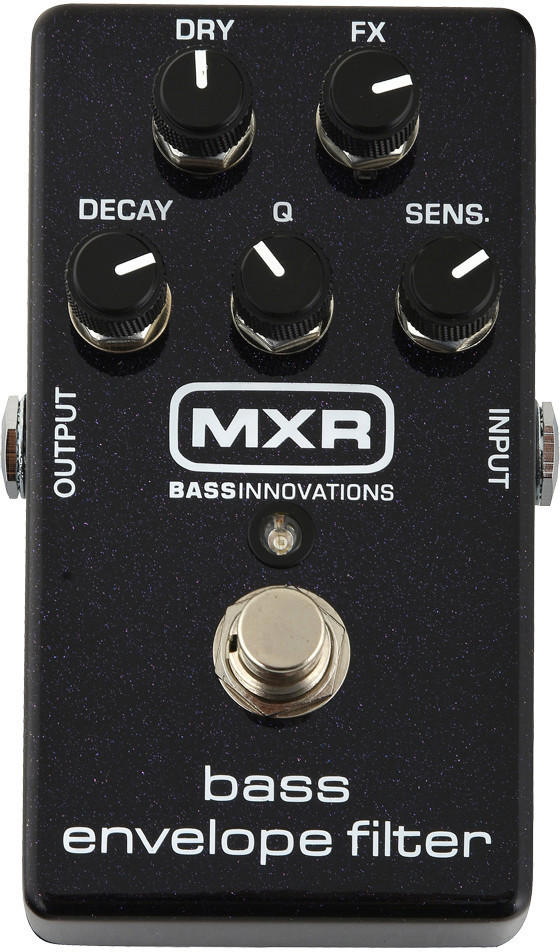
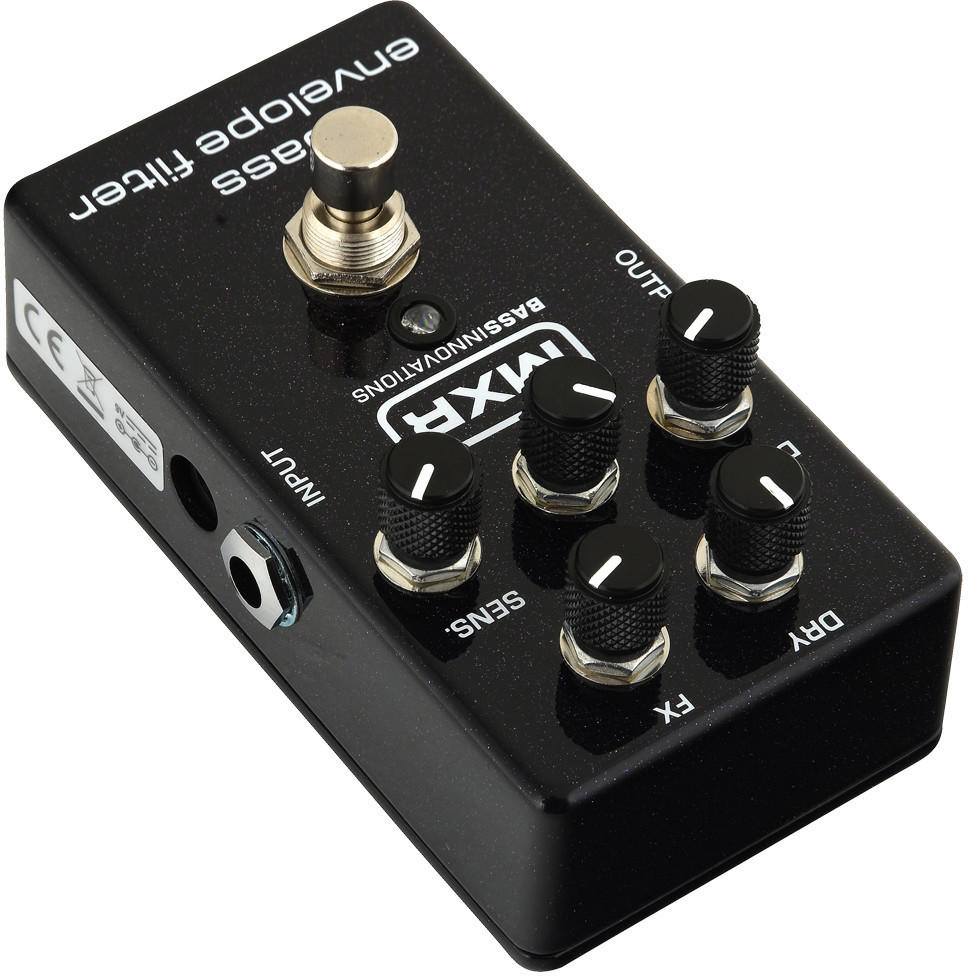
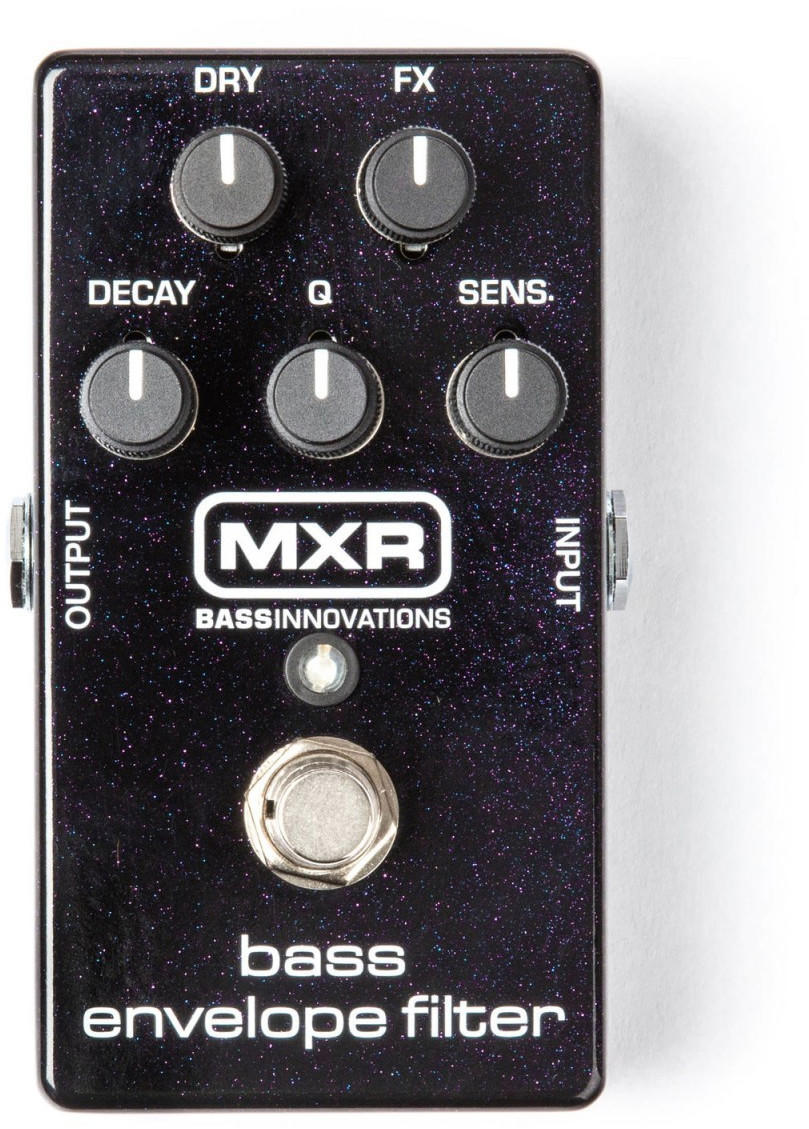
Compatibility with other bass effects
A crucial aspect to assess this compatibility is the pedal's signal flow and the ability to integrate smoothly with other effects in a pedalboard chain. For instance, the TC Electronic Polytune Mini provides a convenient solution with its polyphonic tuning capabilities and the added feature of a built-in buffer that ensures signal integrity and compatibility with other pedals. Another option to consider is the MXR Bass Compressor, known for its transparency and ability to work well with other effects in the signal chain, thanks to its low-noise design and true bypass switching that protect the tonal integrity and compatibility.
In terms of product groups or segments, consider the modulation pedals that can enhance your bass sound. For example, the Electro-Harmonix Bassballs compact envelope filter provides a range of filter effects and has built-in distortion for added versatility and compatibility with other bass effects. Another group to consider is the drive pedals, such as the Darkglass Alpha Omicron. This bass overdrive/distortion pedal offers a blend between a clean and distorted signal, ensuring that it works harmoniously with modulation or delay pedals in the chain. Always focus on the compatibility of bass pedals and how they interact with other effects to ensure a seamless integration into your setup.

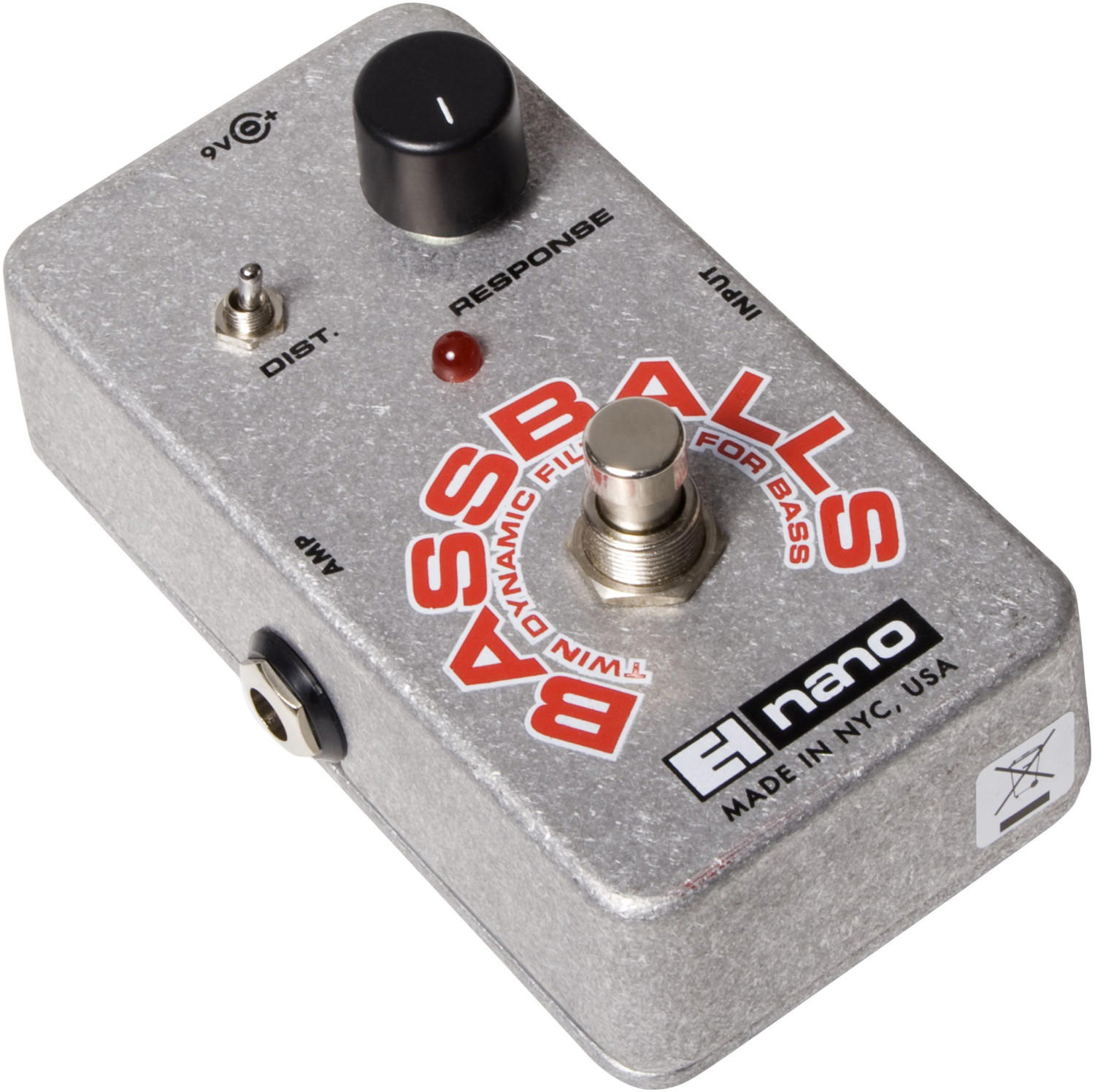

Price
There is a wide range of options available in various price segments, allowing you to find a pedal that fits your budget. In the lower price range, the Behringer V-Tone Bass BDI21 stands out as a solid choice. This pedal offers tube-like distortion and overdrive effects, and its built-in DI box ensures reliable signal transfer. Moving up a segment, the Electro-Harmonix Bass Big Muff Pi Distortion/Sustainer offers a versatile range of distortion tones specifically tailored for bass, with controls for volume, tone, and sustain. In the higher price range, the Darkglass Electronics Alpha·Omega Ultra Bass Preamp/Distortion cannot be overlooked. This pedal combines a fully-featured preamp with an aggressive distortion circuit, allowing for extensive tonal shaping and creative experimentation. Regardless of your budget, there are great bass pedals available that will enhance your playing experience.



Variety of brands
Each brand brings its own unique features and qualities that cater to different playing styles and preferences. One top brand that stands out in the bass pedals market is Boss. Known for their durability and reliability, Boss pedals offer a wide range of options for bass players, from their classic Boss BC-1X Bass Comp pedal that delivers studio-quality compression to their versatile Boss SYB-5 Bass Synthesizer pedal that creates a wide range of synth bass sounds. Another reputable brand to consider is MXR. Their range of bass pedals includes the highly acclaimed MXR M82 Bass Envelope Filter, designed for funky bass lines, and the MXR Bass Octave Deluxe, which features analog octave effects to add depth and thickness to your bass sound. Lastly, EHX (Electro-Harmonix) is a brand renowned for their innovative designs. With pedals like the EHX Battalion Bass Preamp & DI that offers a flexible tone-shaping tool for bass players, and their well-known EHX Bass Big Muff Pi that provides powerful distortion specifically tailored for bass, EHX is a brand that provides a unique and creative selection for bass pedal enthusiasts.
